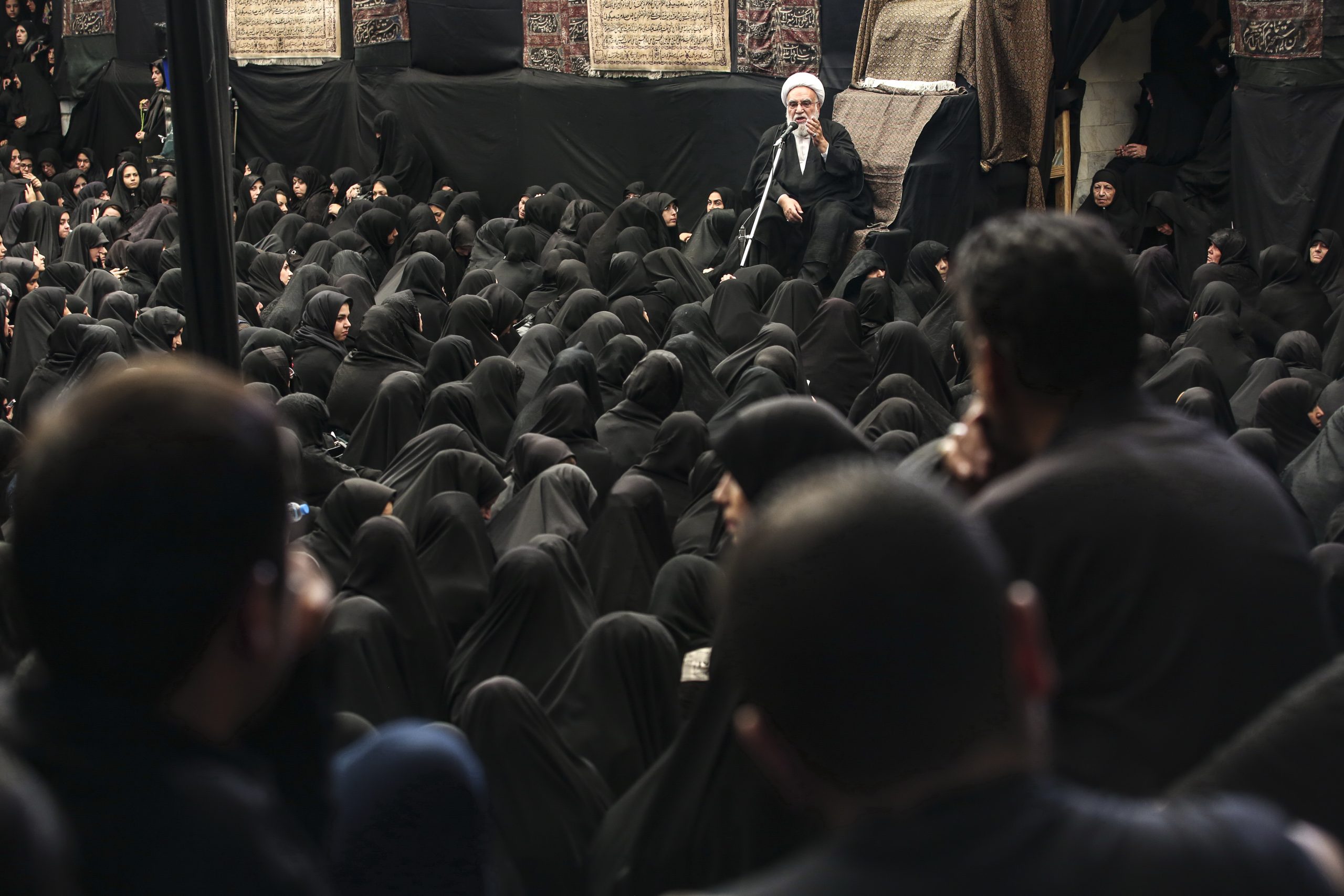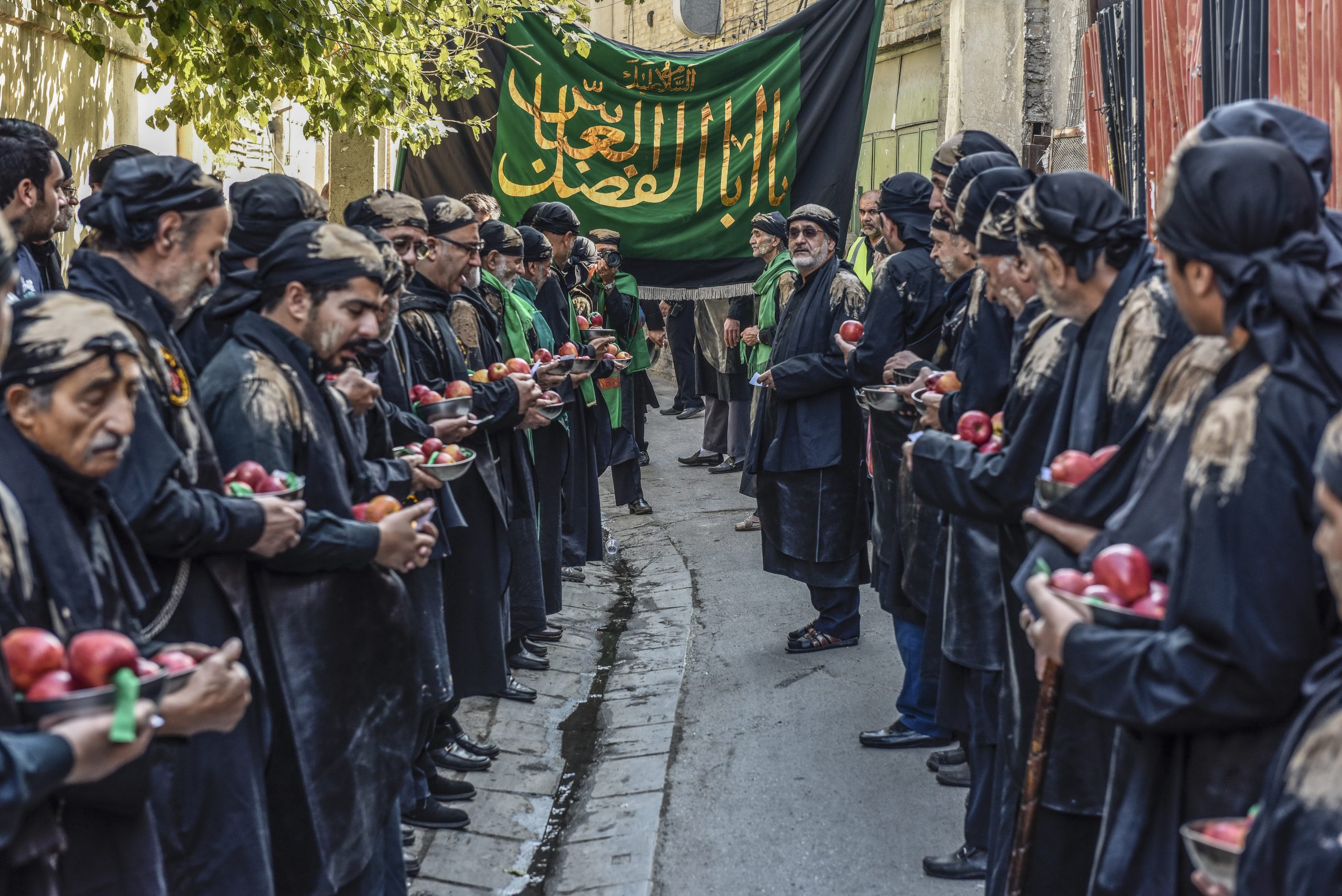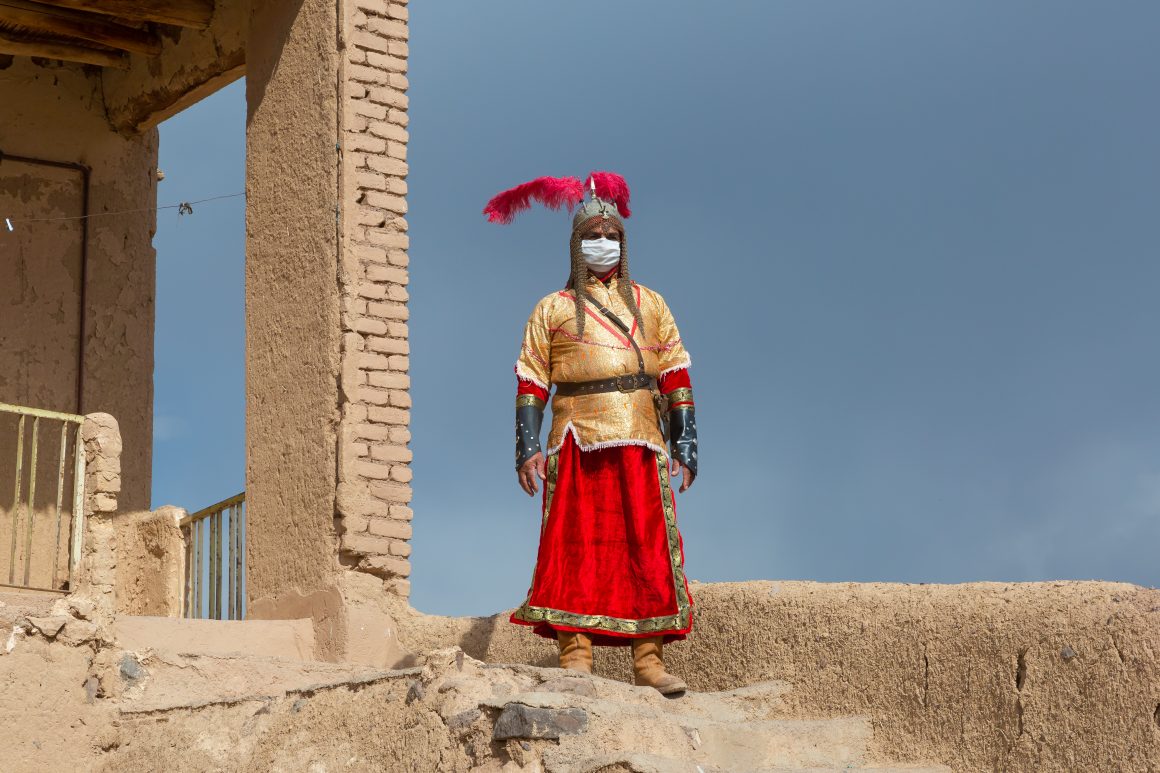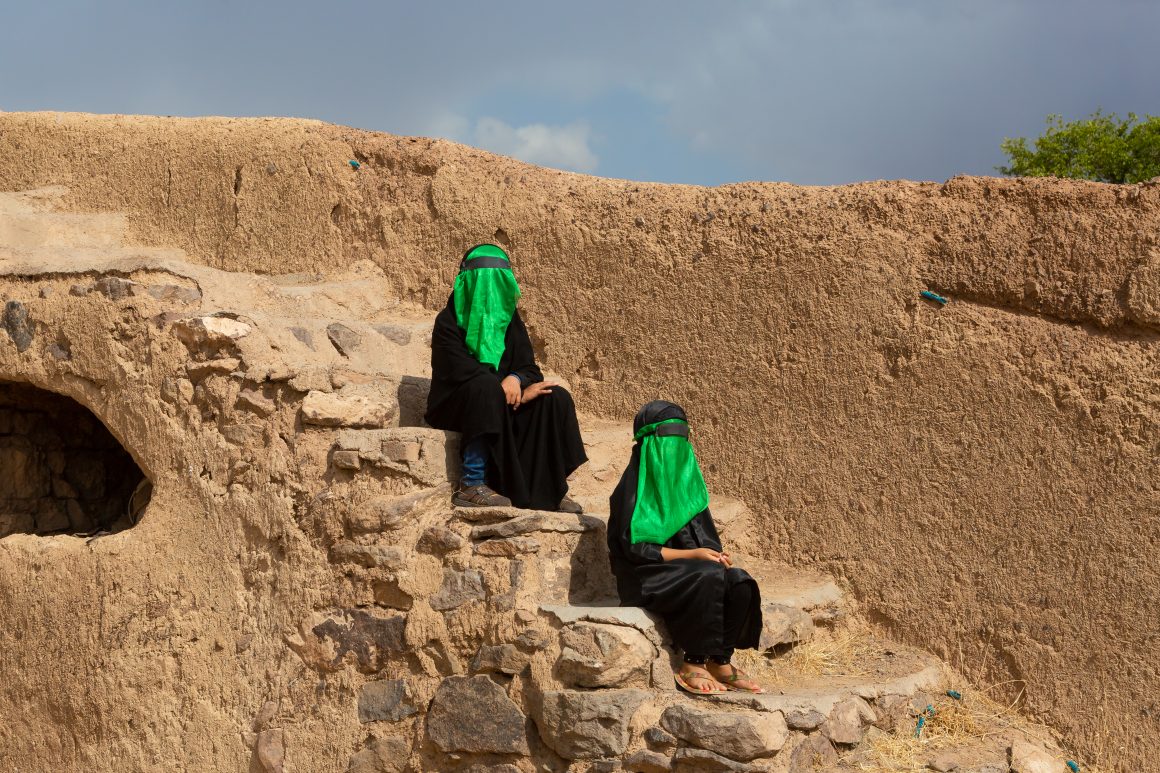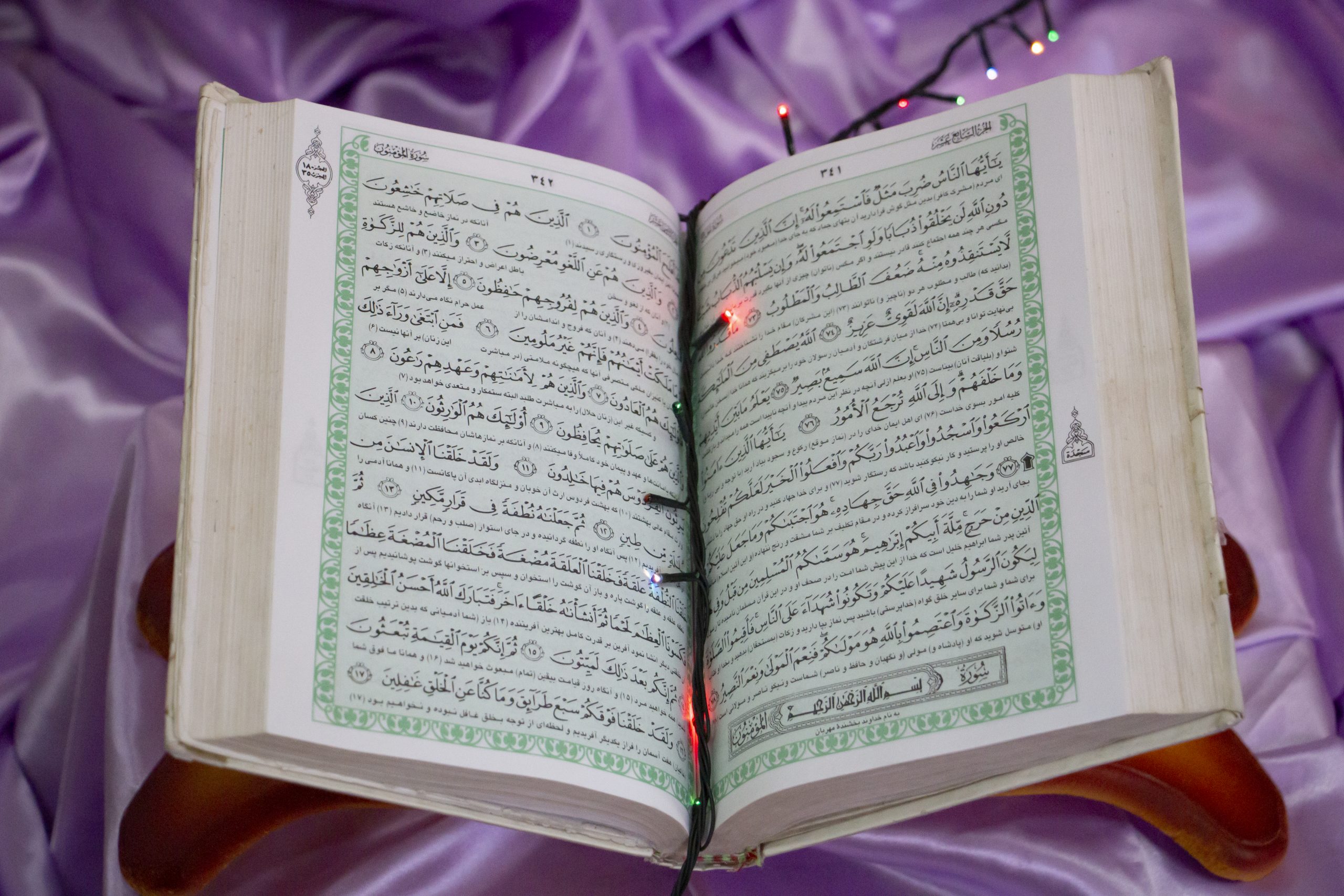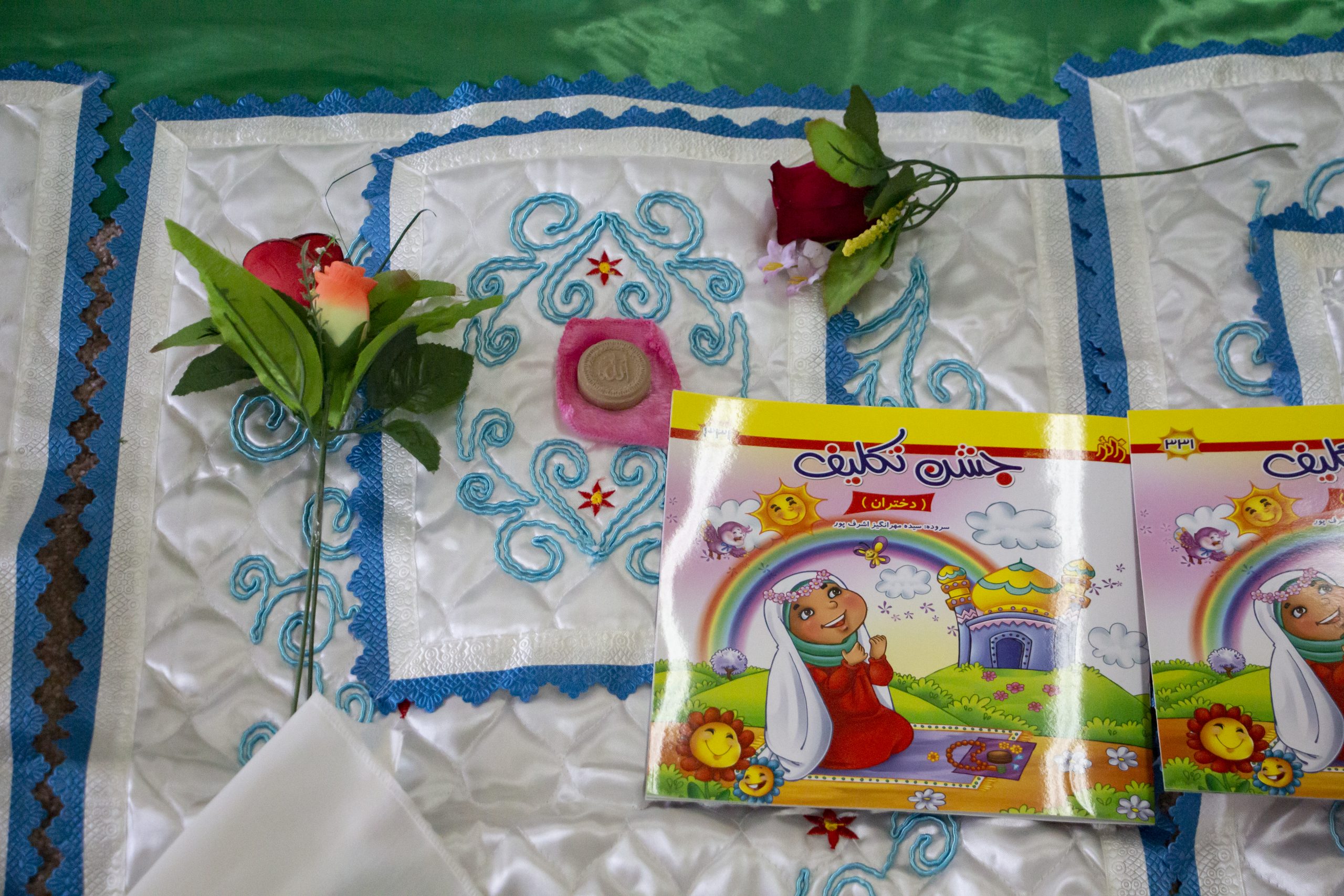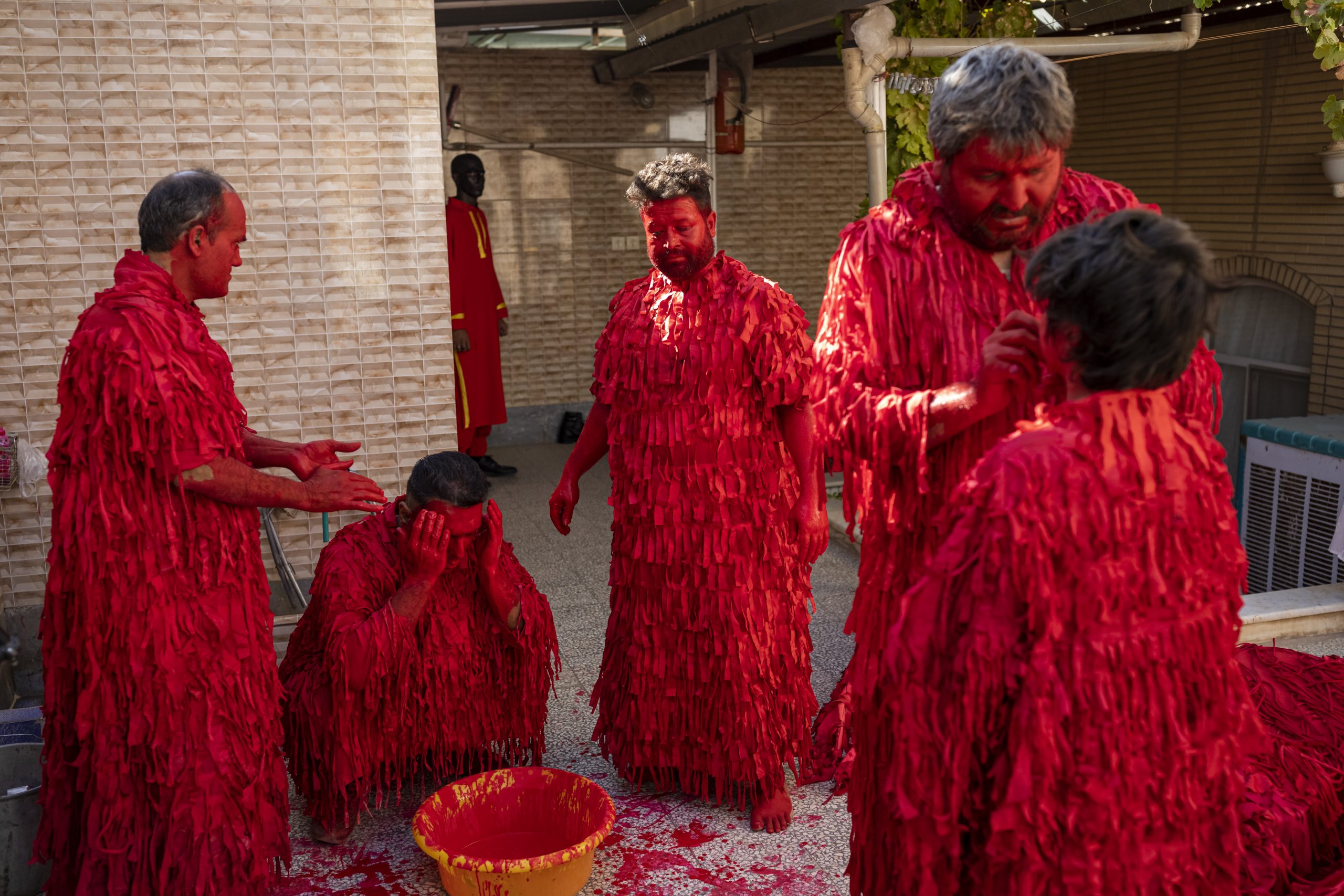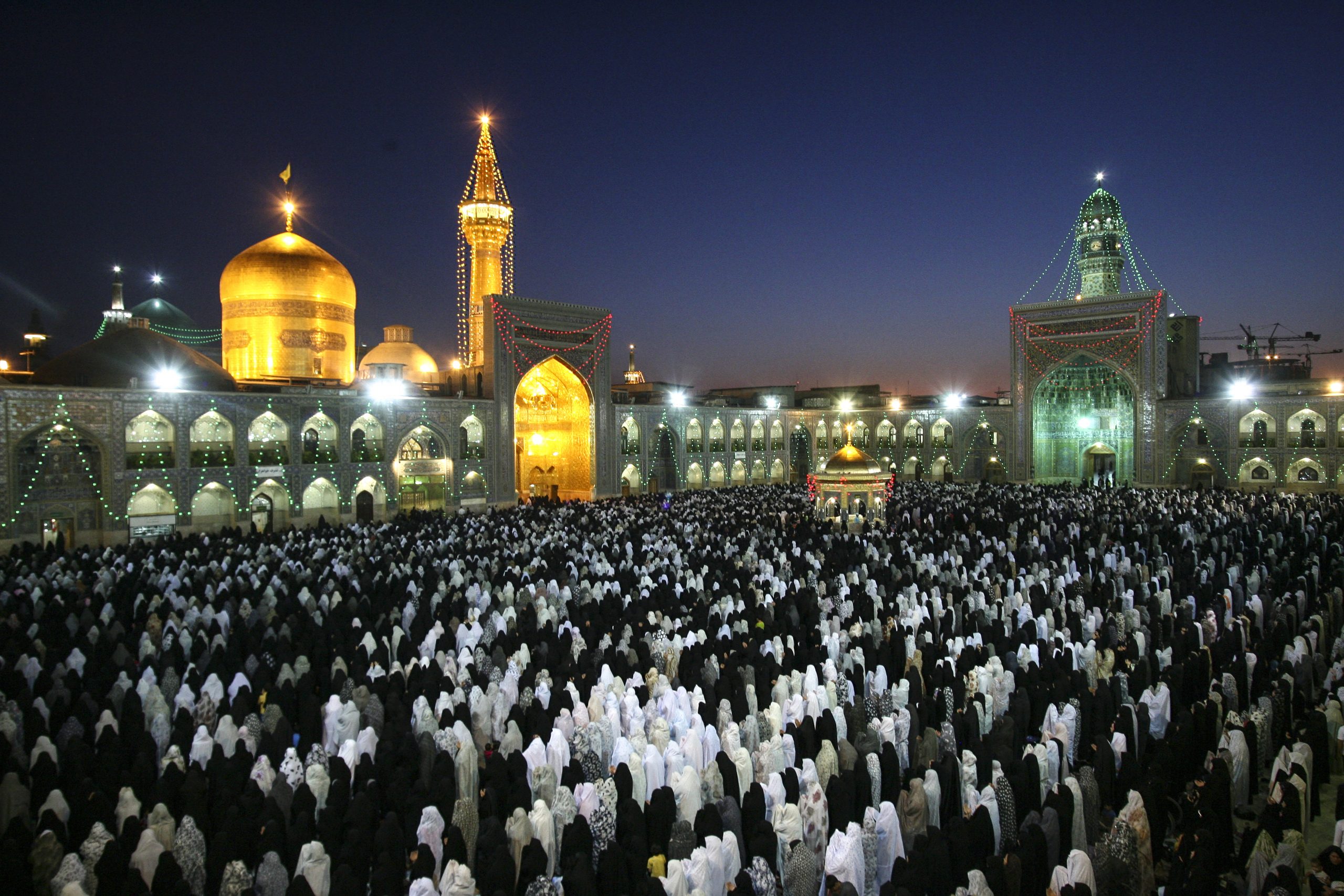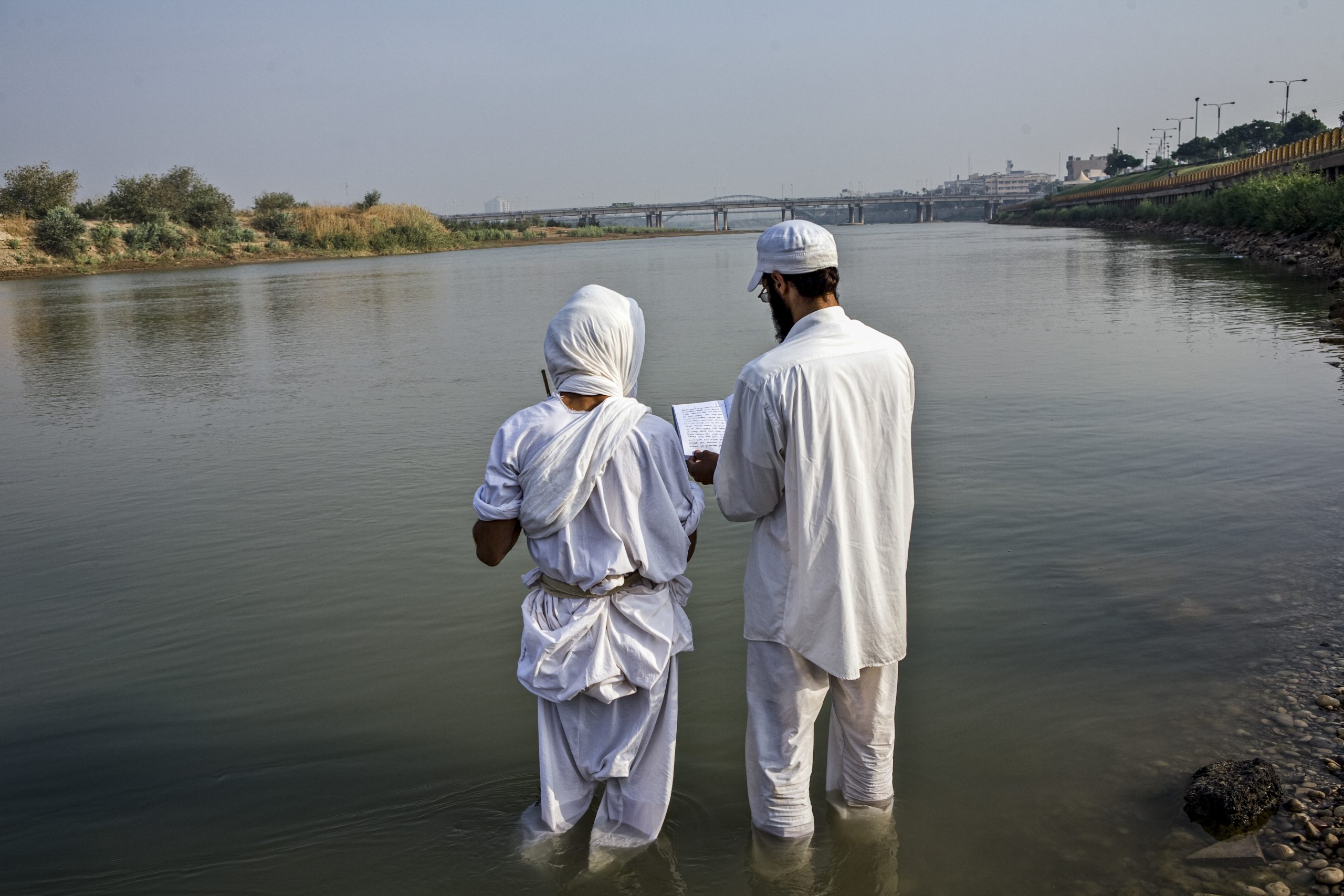
The official state religion in Iran is Islam, to be specific the Shiite branch of Islam which consists of roughly more than 90% of the population. Less than 10% identify as Sunni and Sufi sects of Islam. Zoroastrianism, Christianity and Judaism are protected and recognized by the Iranian officials, and have seats and representatives in the Iranian Parliament.
The Jewish community in Iran is the second largest, after Israel in the Middle East and one of the oldest in the world with their continuous presence since the Achaemenid Empire. The biggest non-Muslim minorities are the Christians and the Bahai’s. The Bahai’s have been under prosecution in Iran after the 1979 revolution and their religion isn’t officially recognized.
Mandaeism
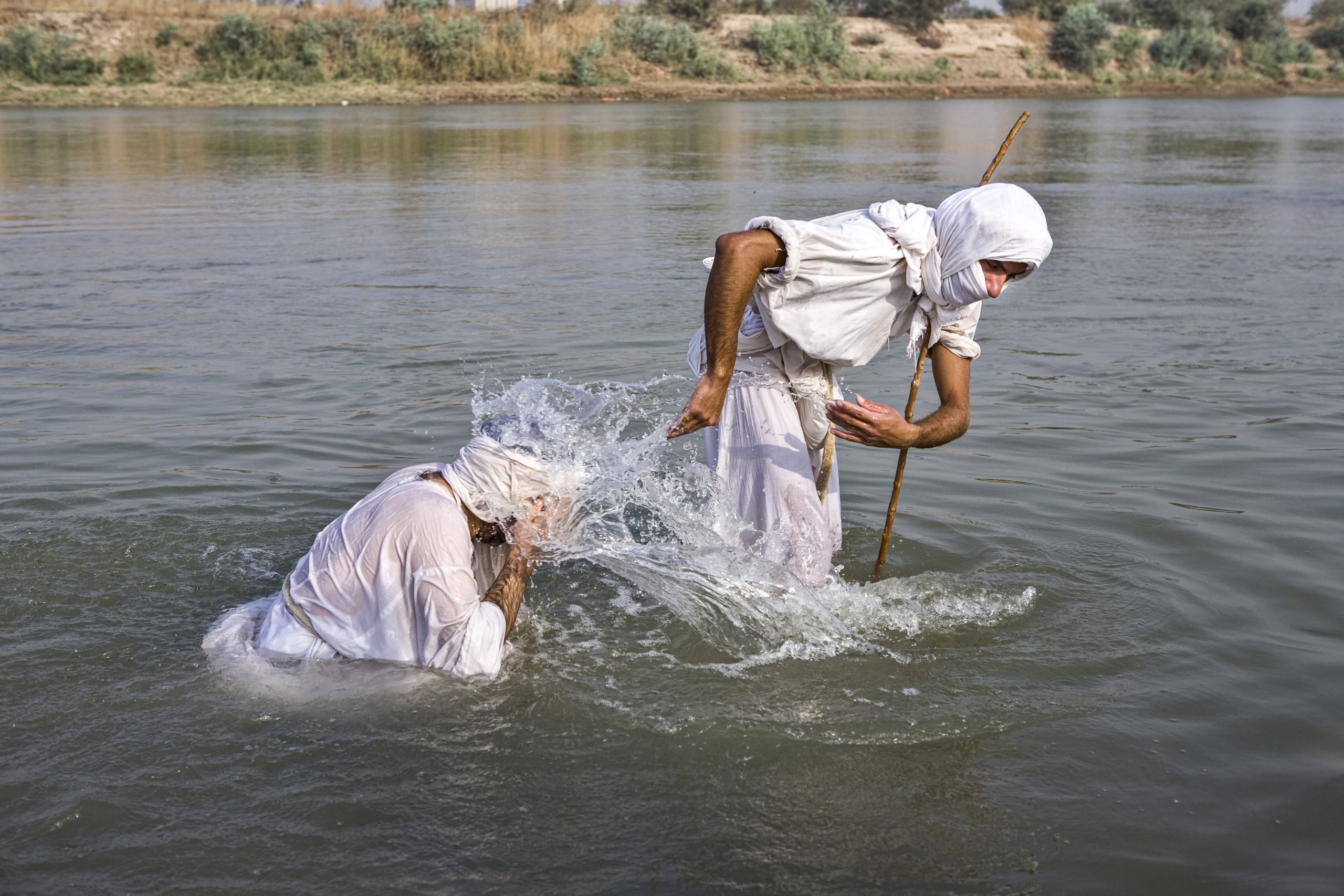

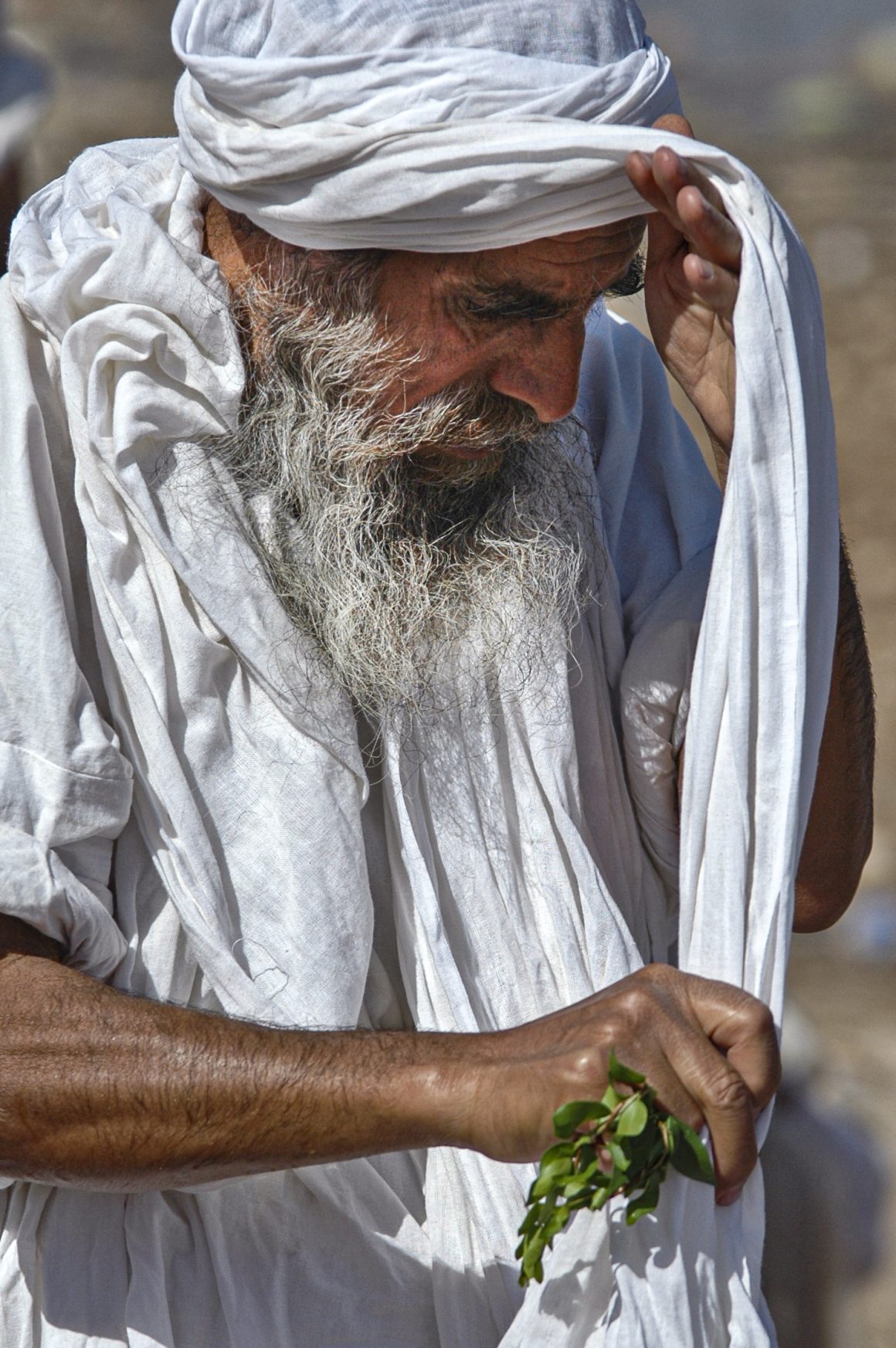



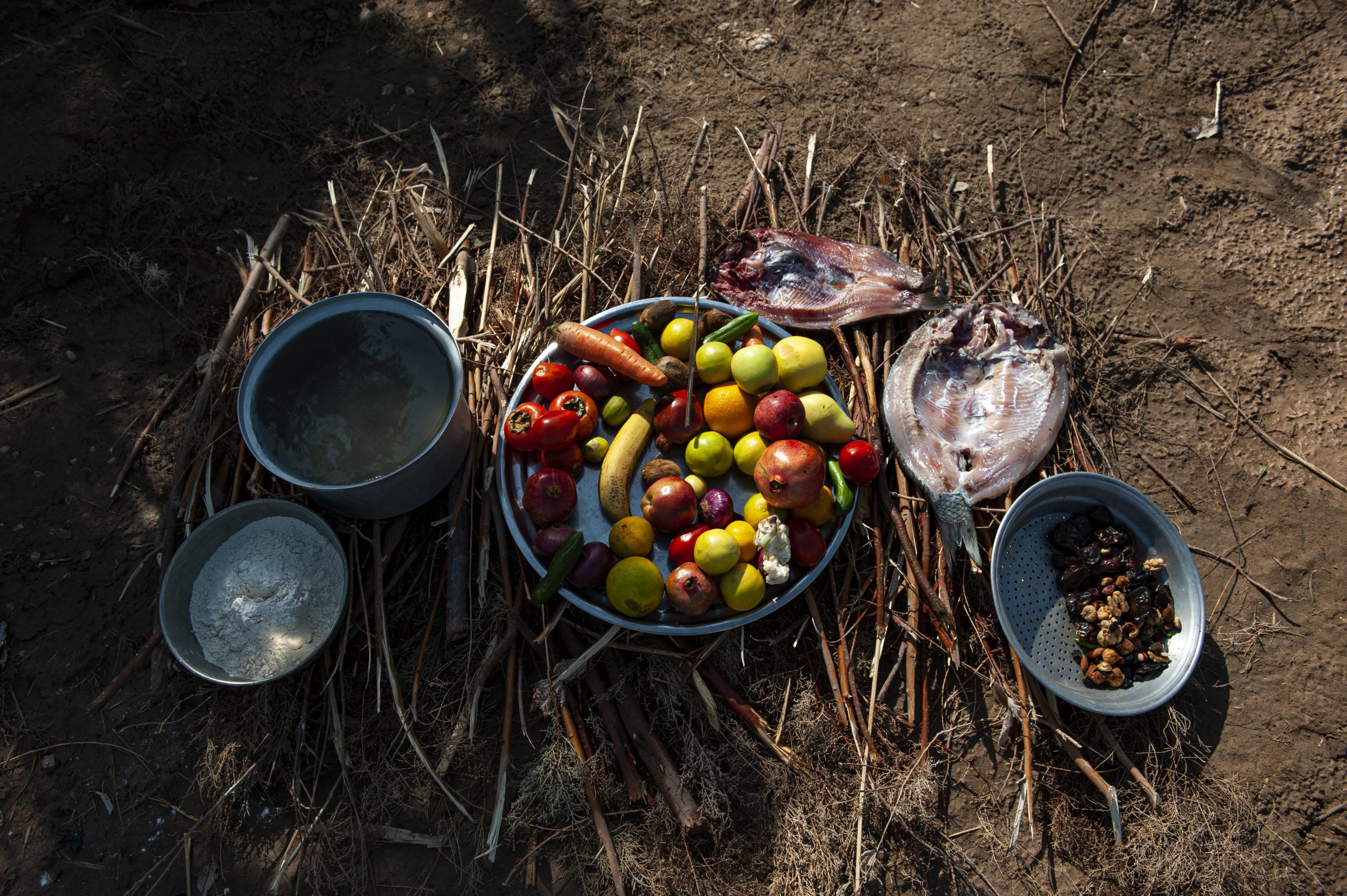
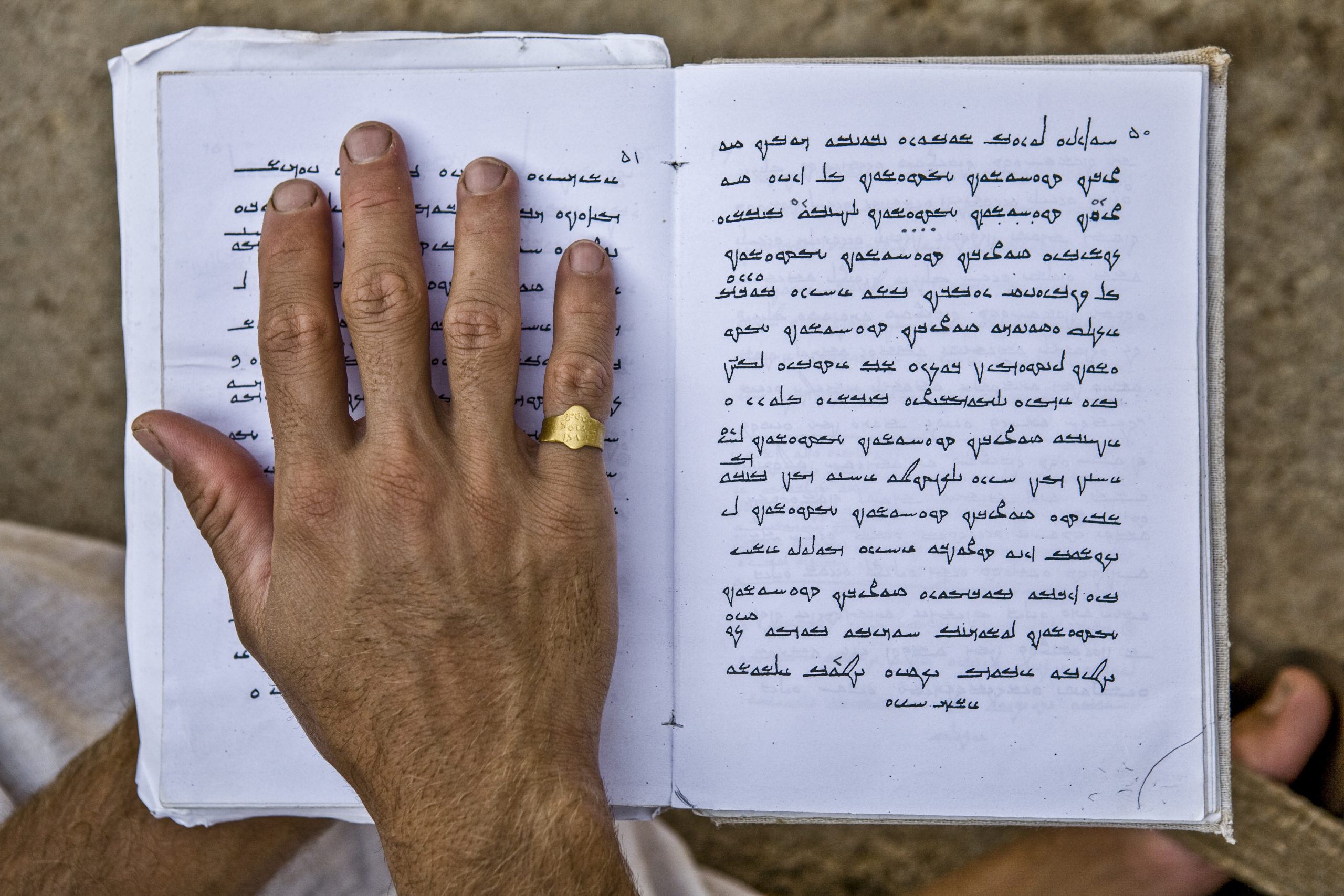
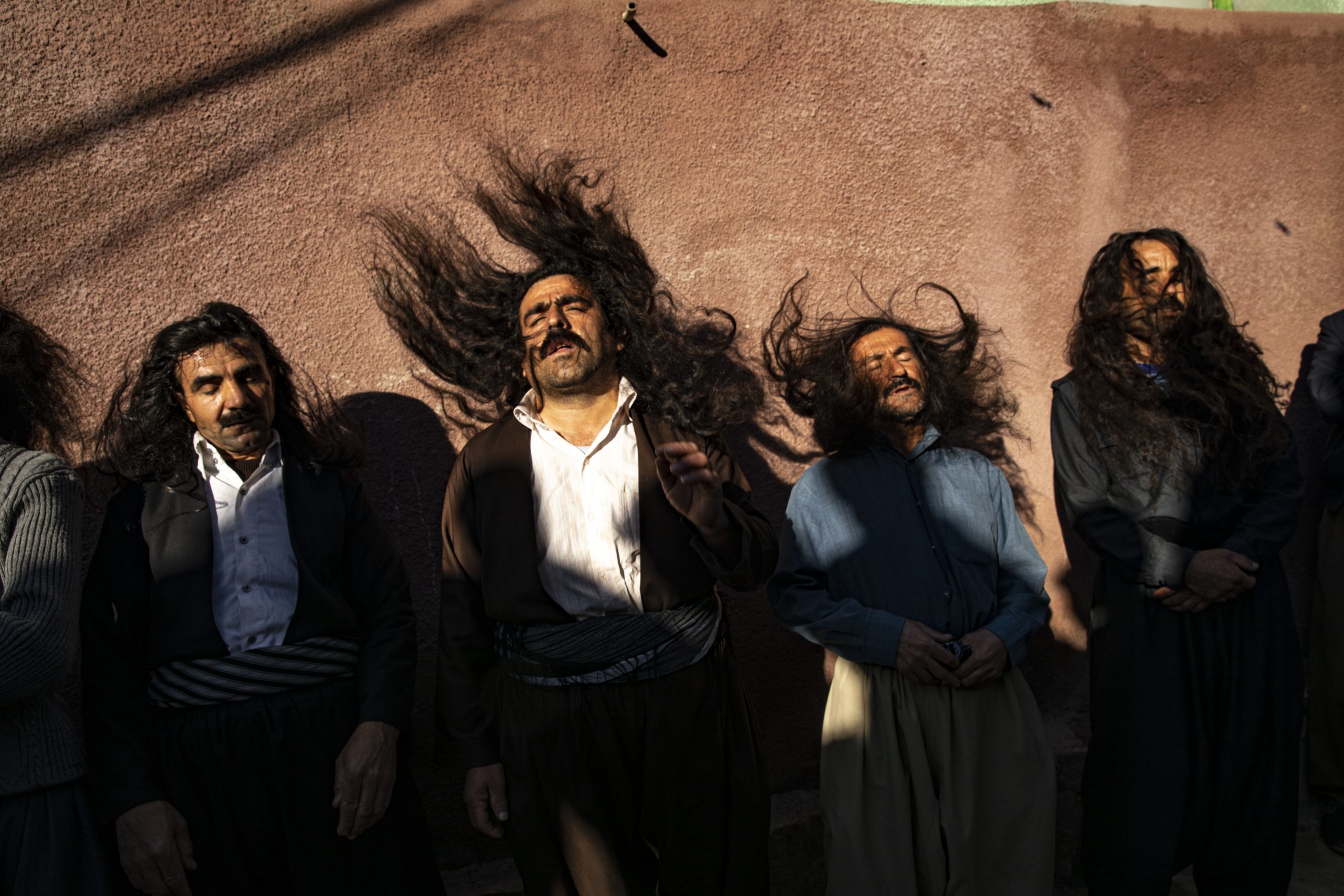
Qaderi Dervishes
Dervishes from the Kasnazani Tariqa order while doing Sama at a proselytism ceremony. Sama refers to the unique and mystic dhikr and dancing in whirls. Dervishes perform with the purpose of spiritual ascent in their journey to reach perfection. The polytheism ceremonies denoted Ershad are held for one month annually, with each day at a different village in Kurdistan; these ceremonies include performing special rituals involving extraordinary deeds and dhikr in an attempt to invite people to Tariqa. These acts are meant to show the incredible metaphysical power of the dervishes. Ghaderiyyah Tariqa is one of the main Tariqa’s in Kurdistan with many followers.
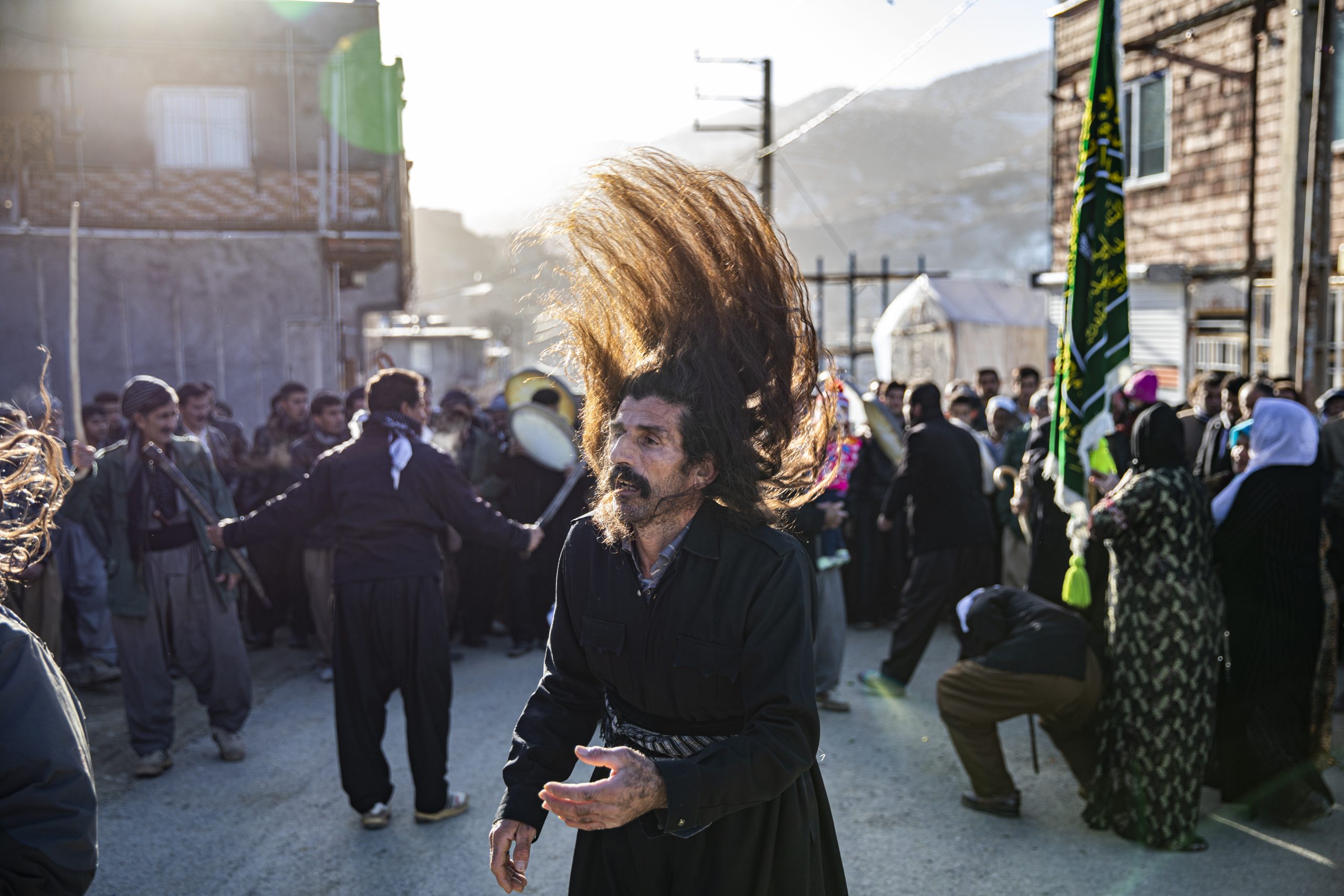

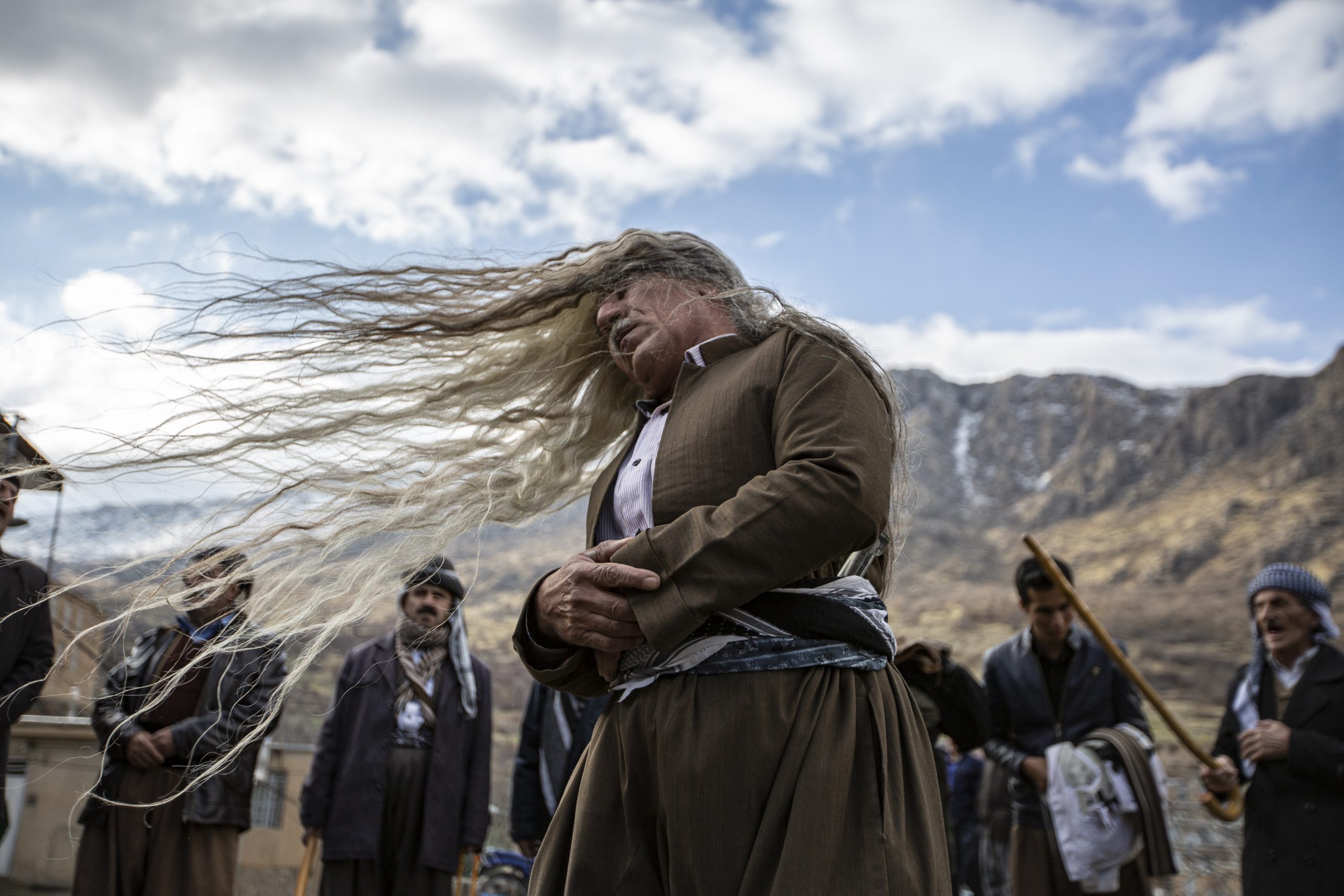

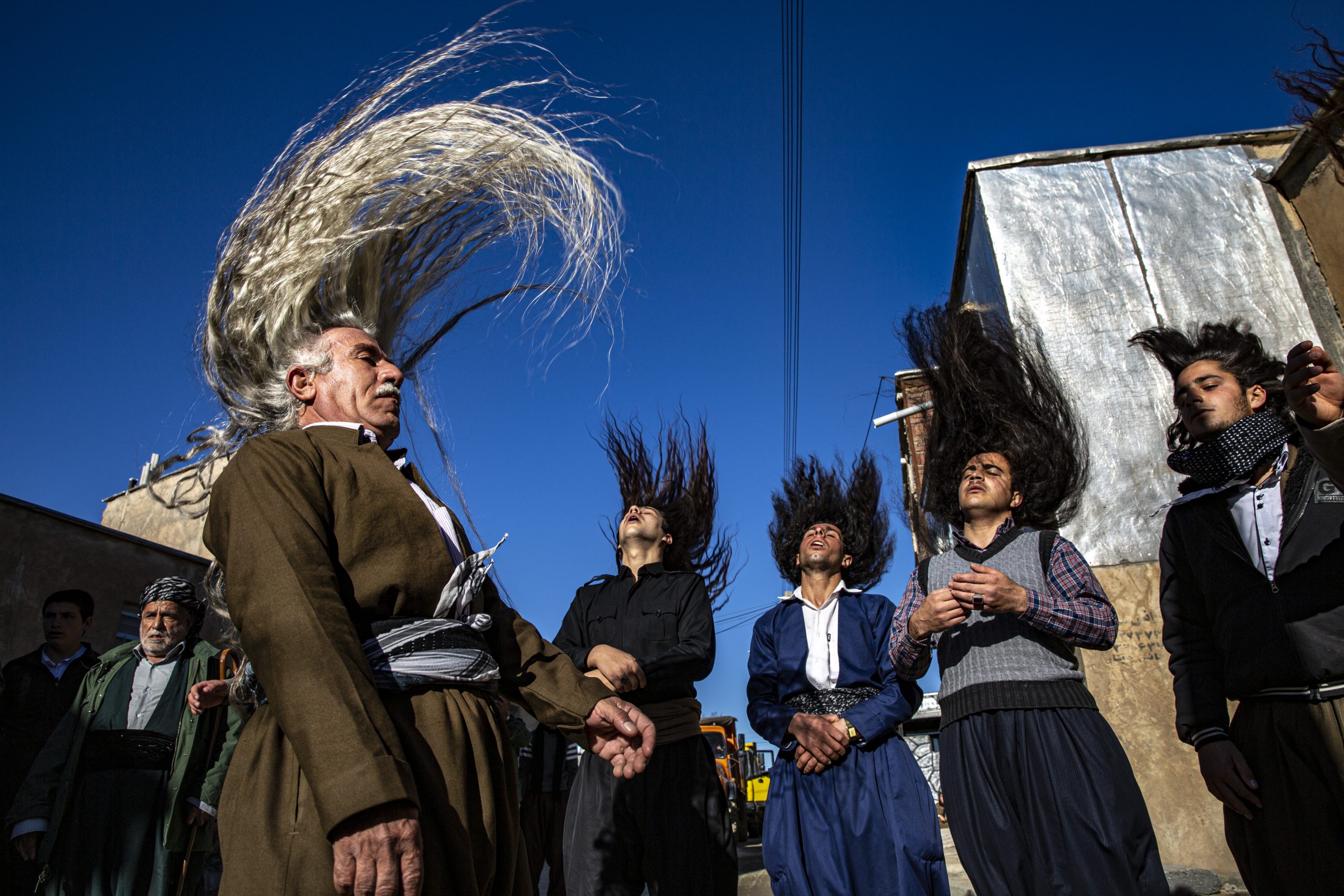
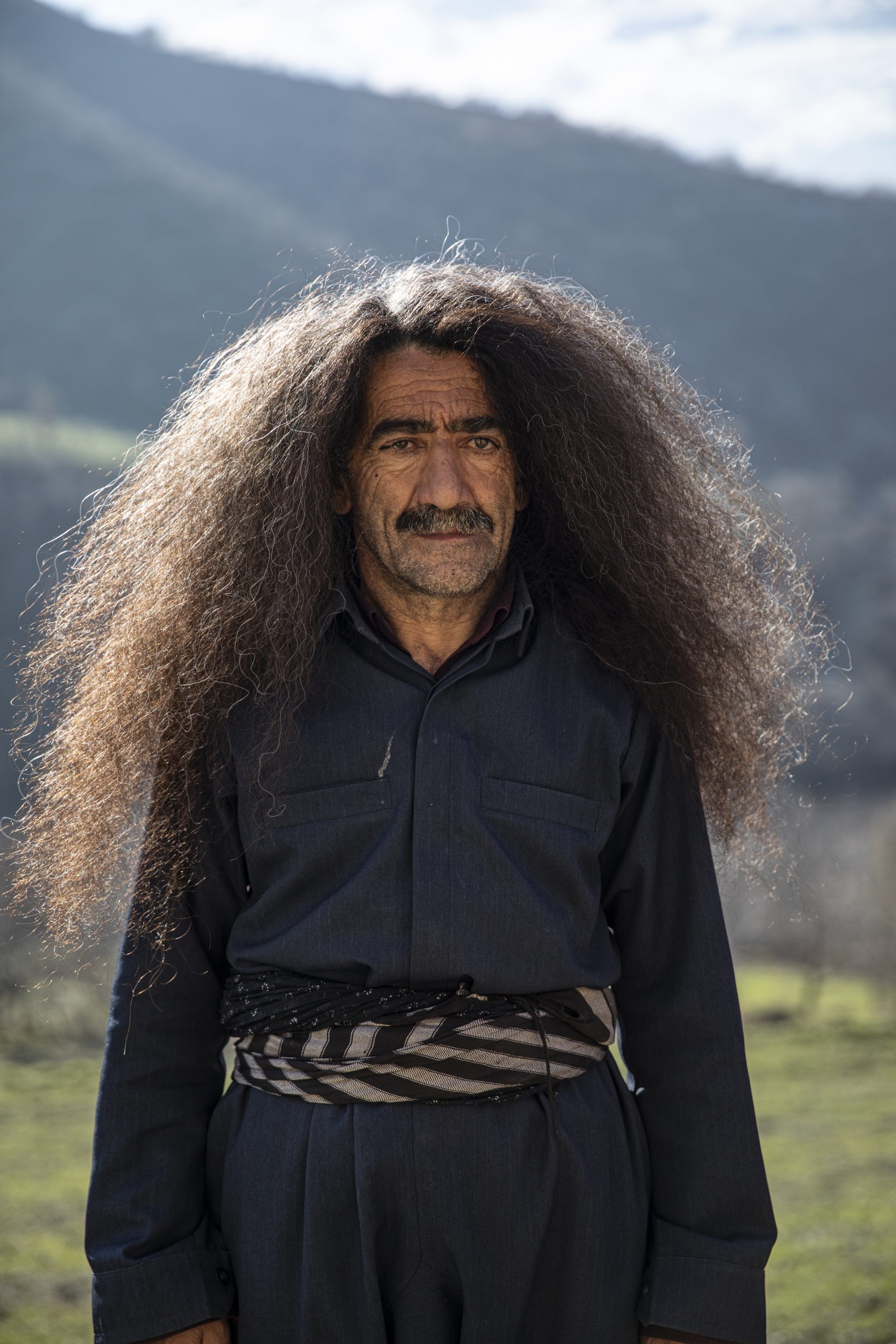


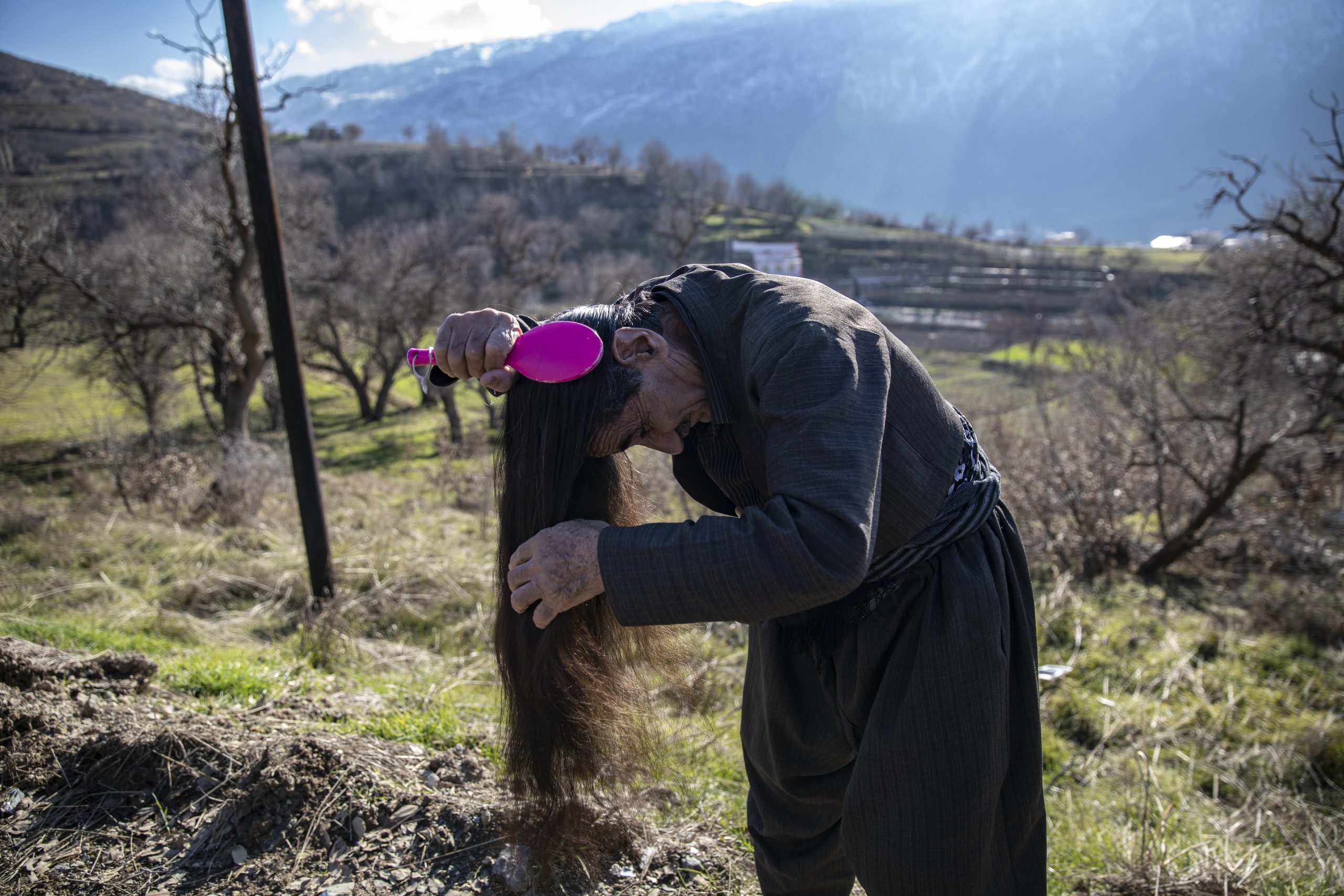
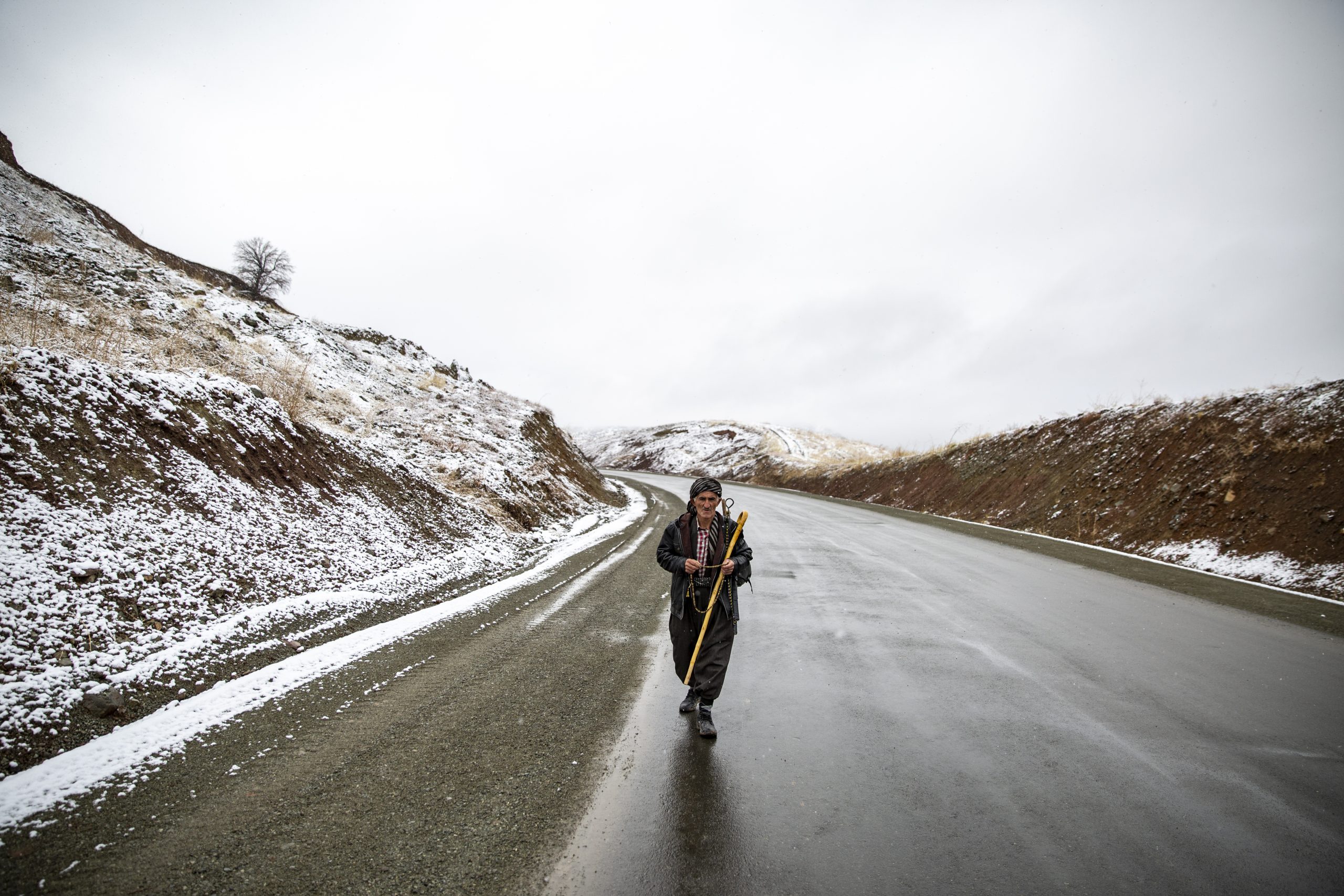
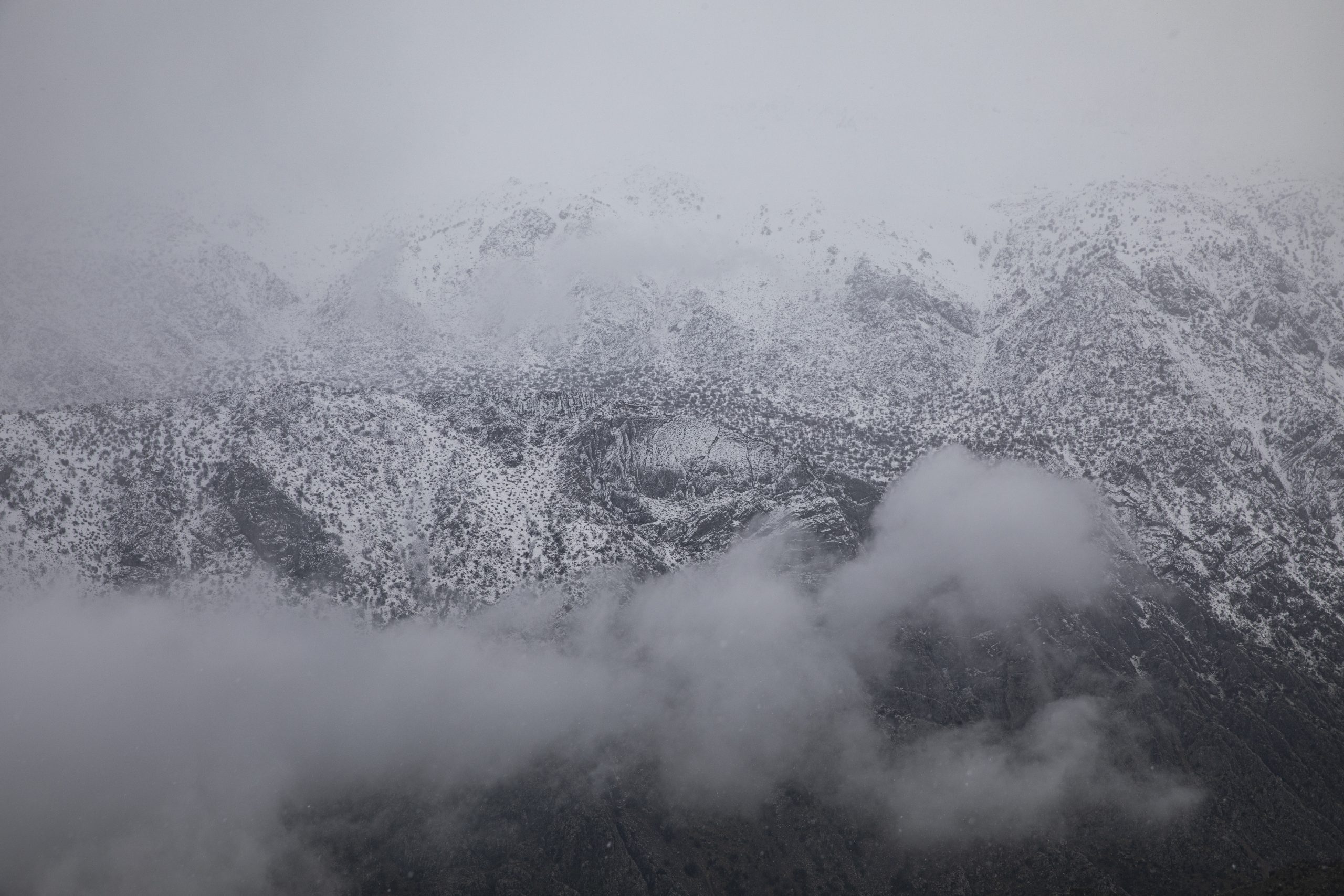
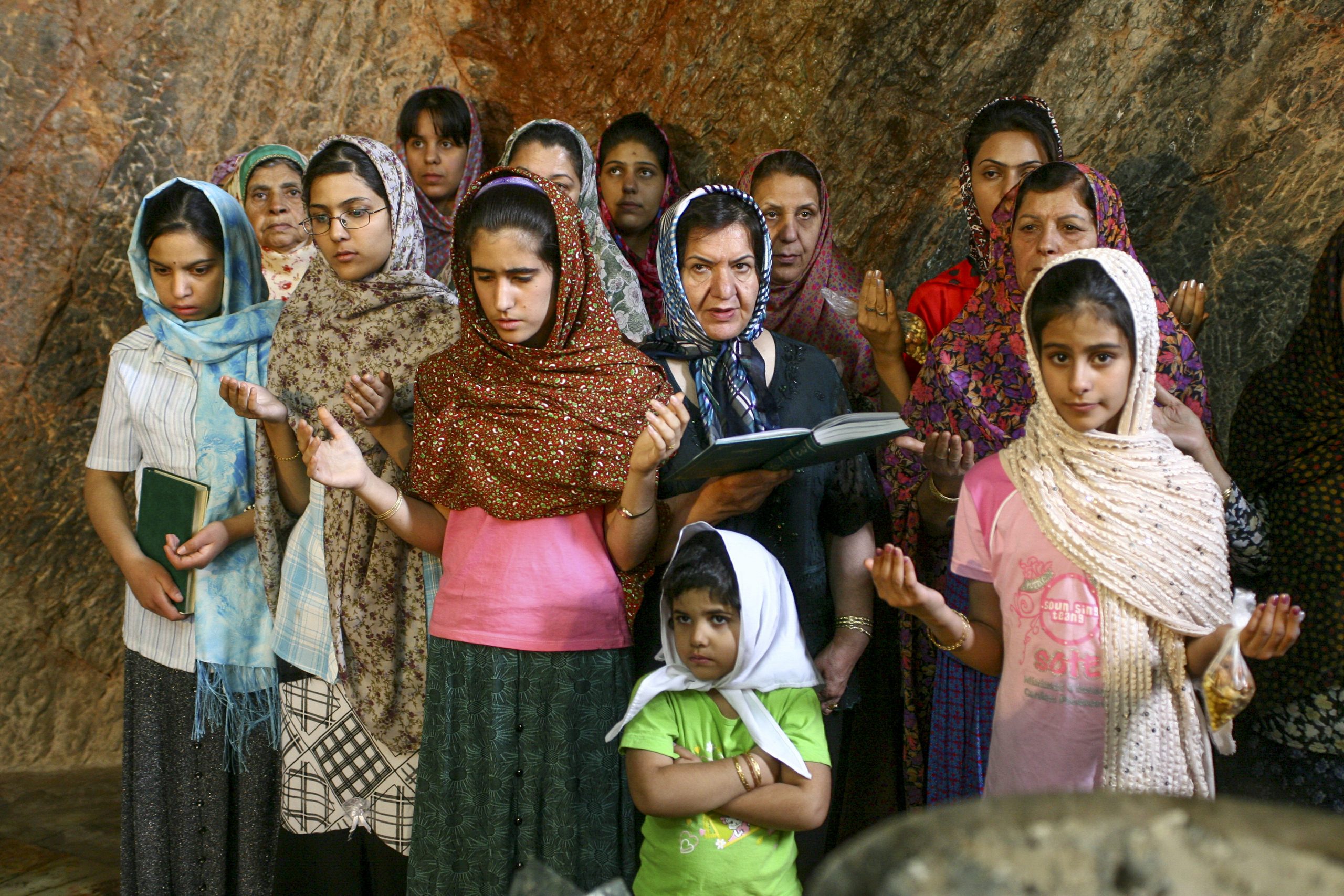
Zoroastrianism
Zoroastrianism is known to be the first monotheistic religion of the world according to most historians. Once it was the dominant pre-islamic religion of the Iranian people dating back to 6th or 7th century BCE (if not earlier). Approximately 26,000 currently reside in Iran according to the Iranian census.Communities reside in major cities of Yazd, Kerman, Tehran, and Kermanshah.


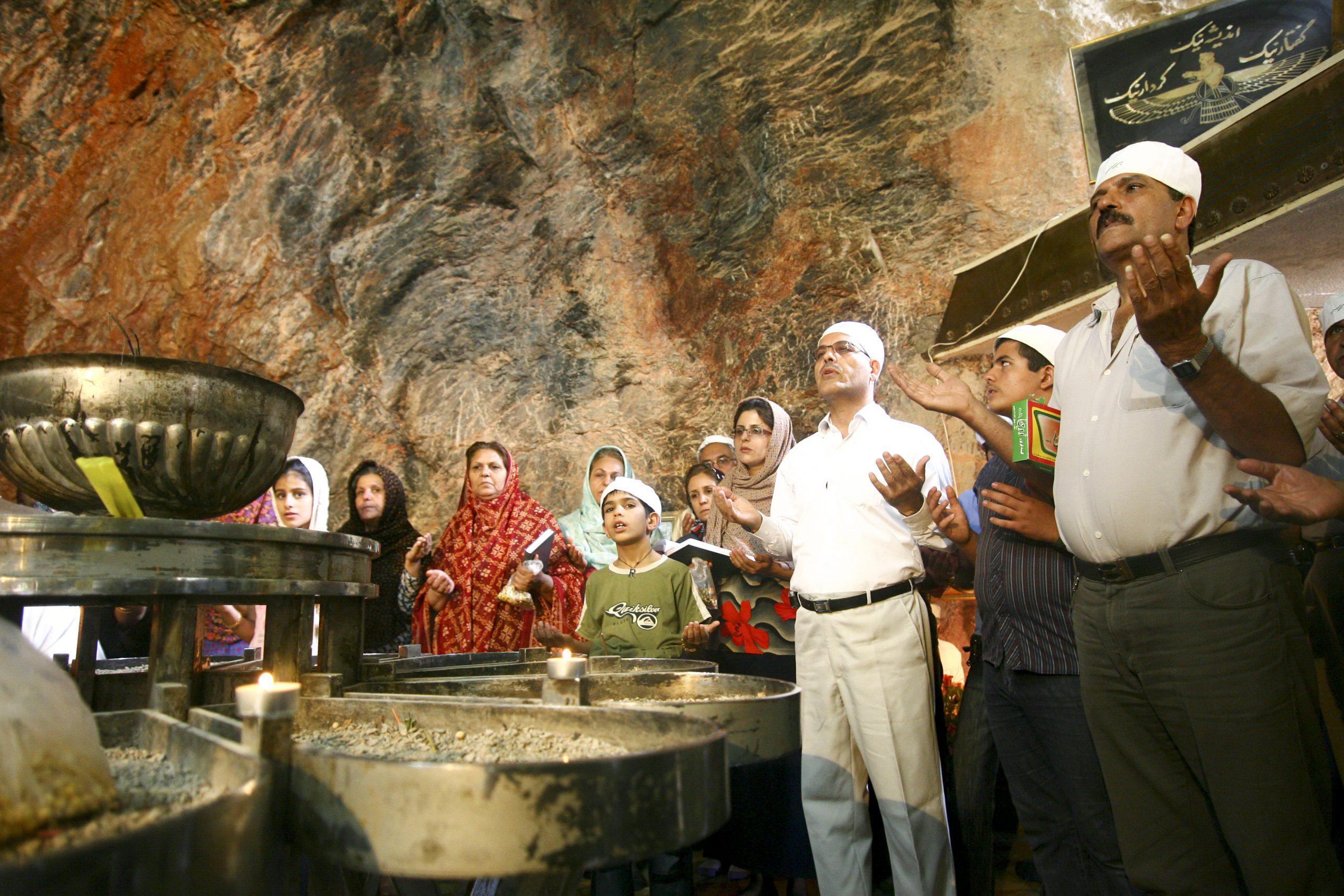
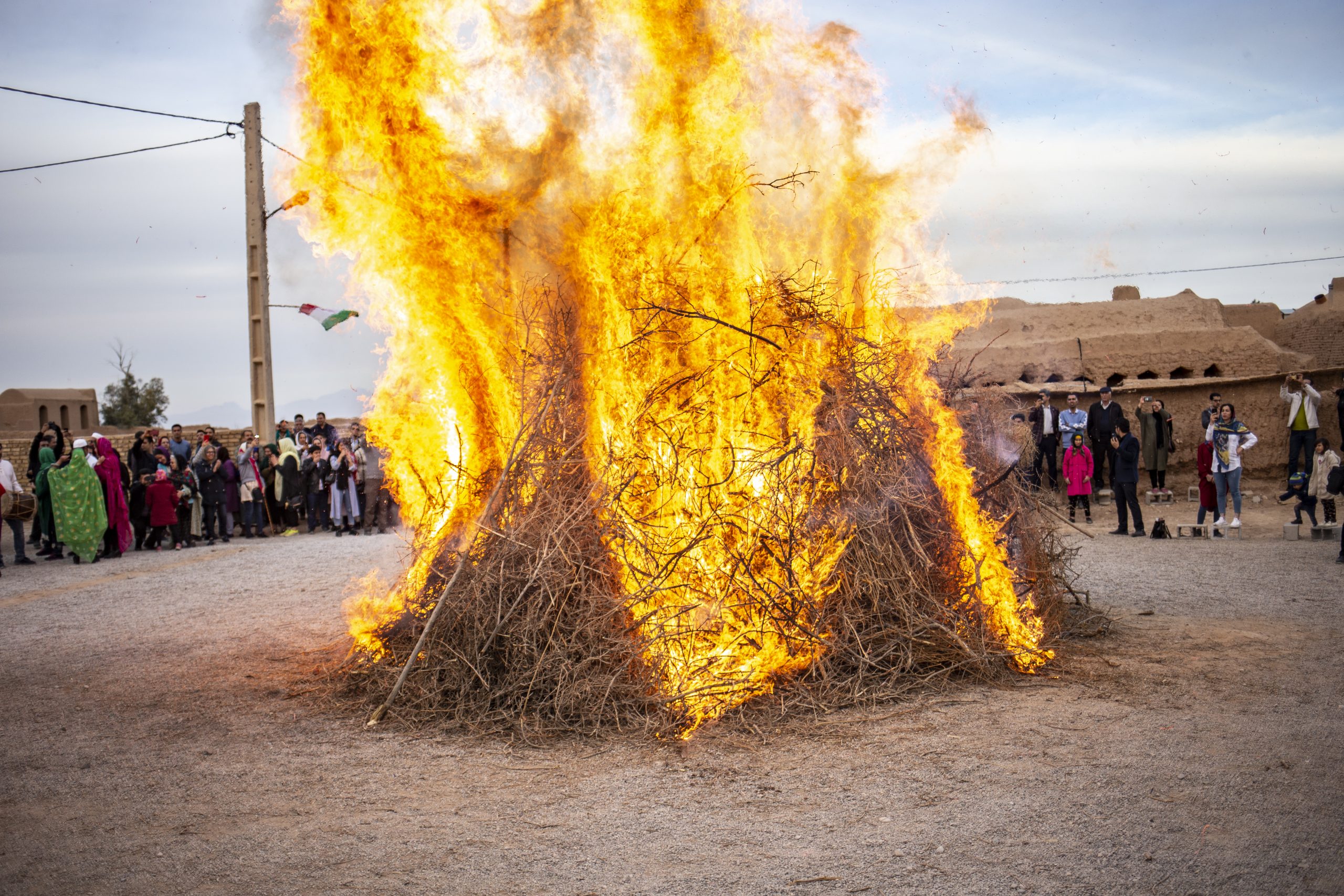

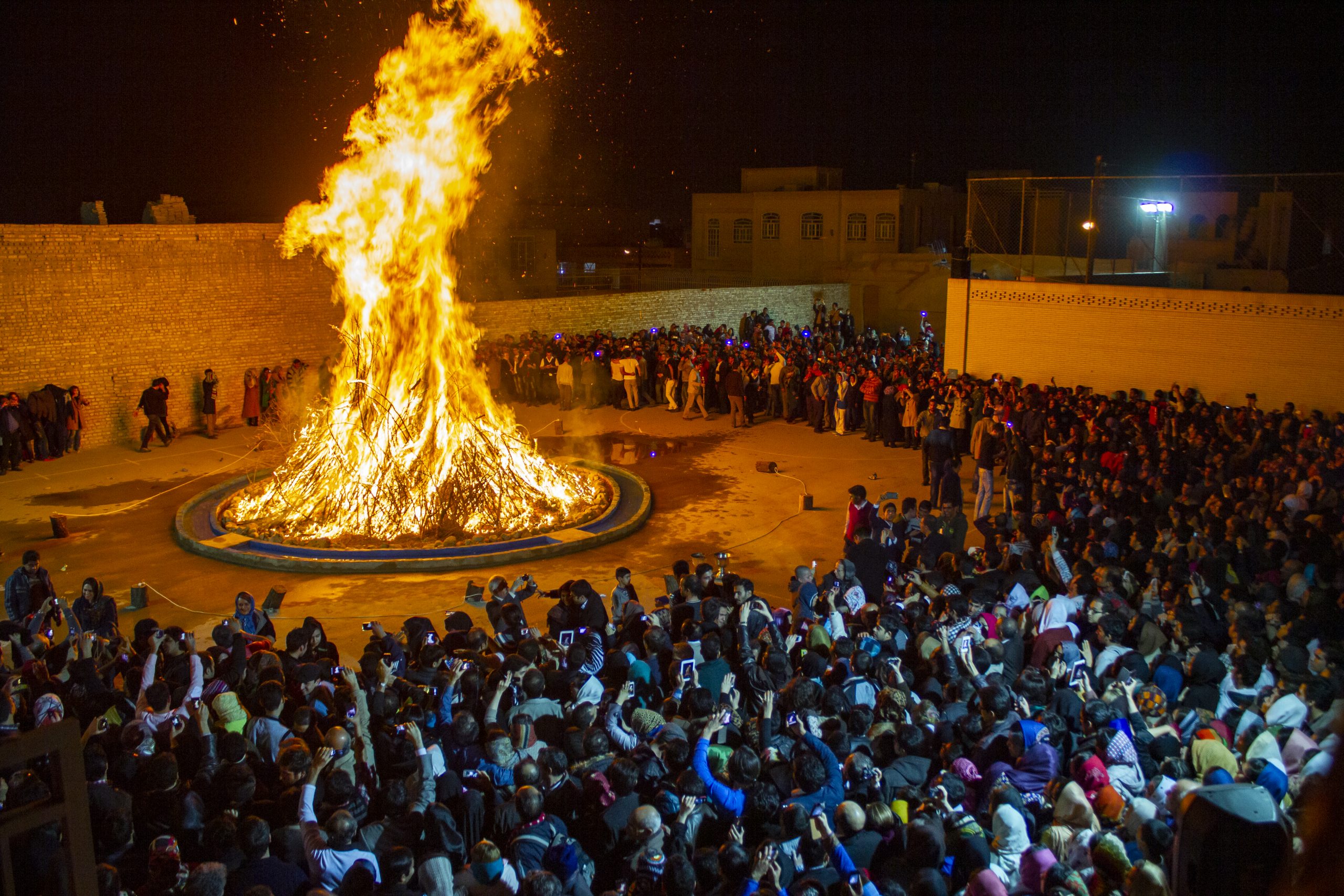
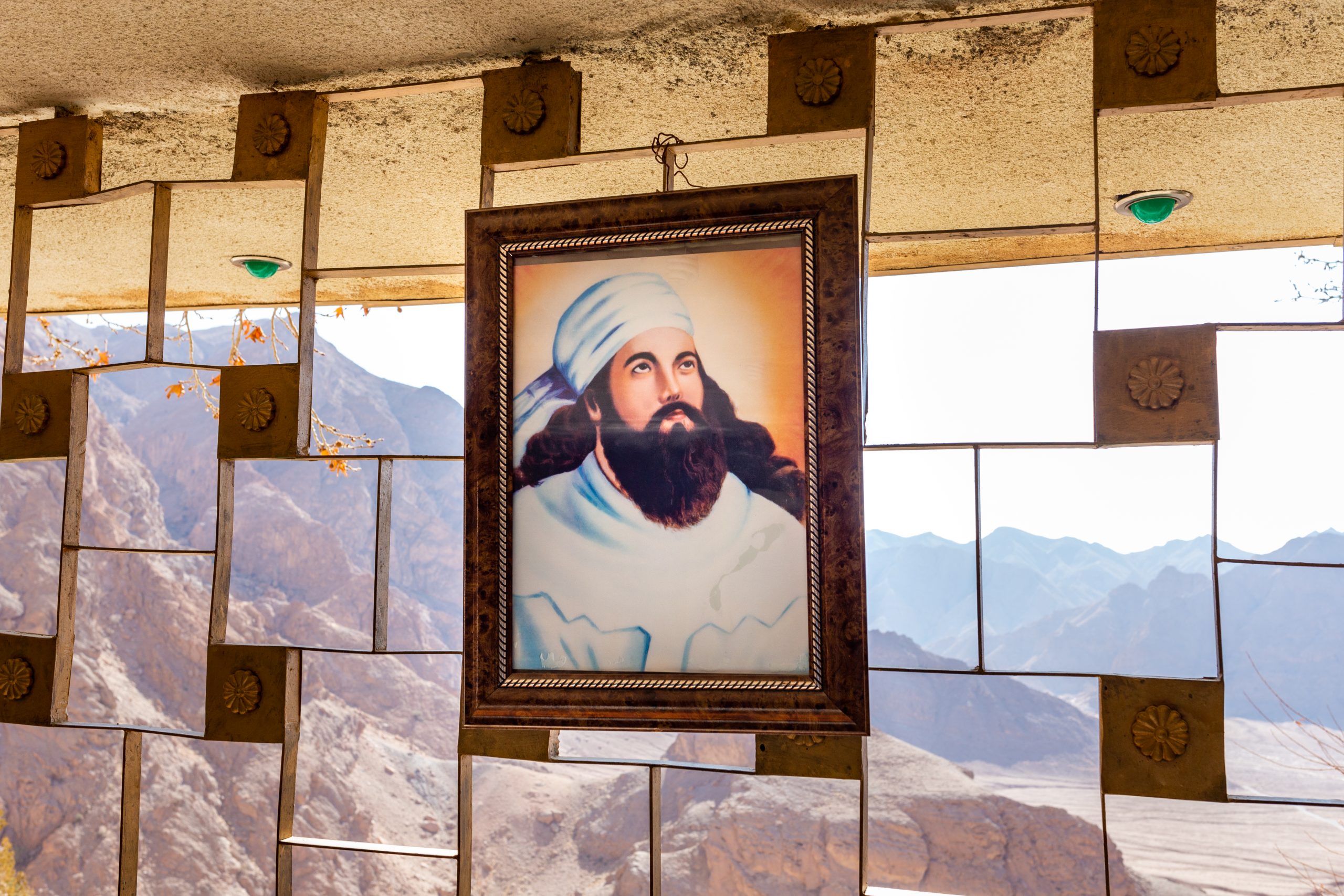
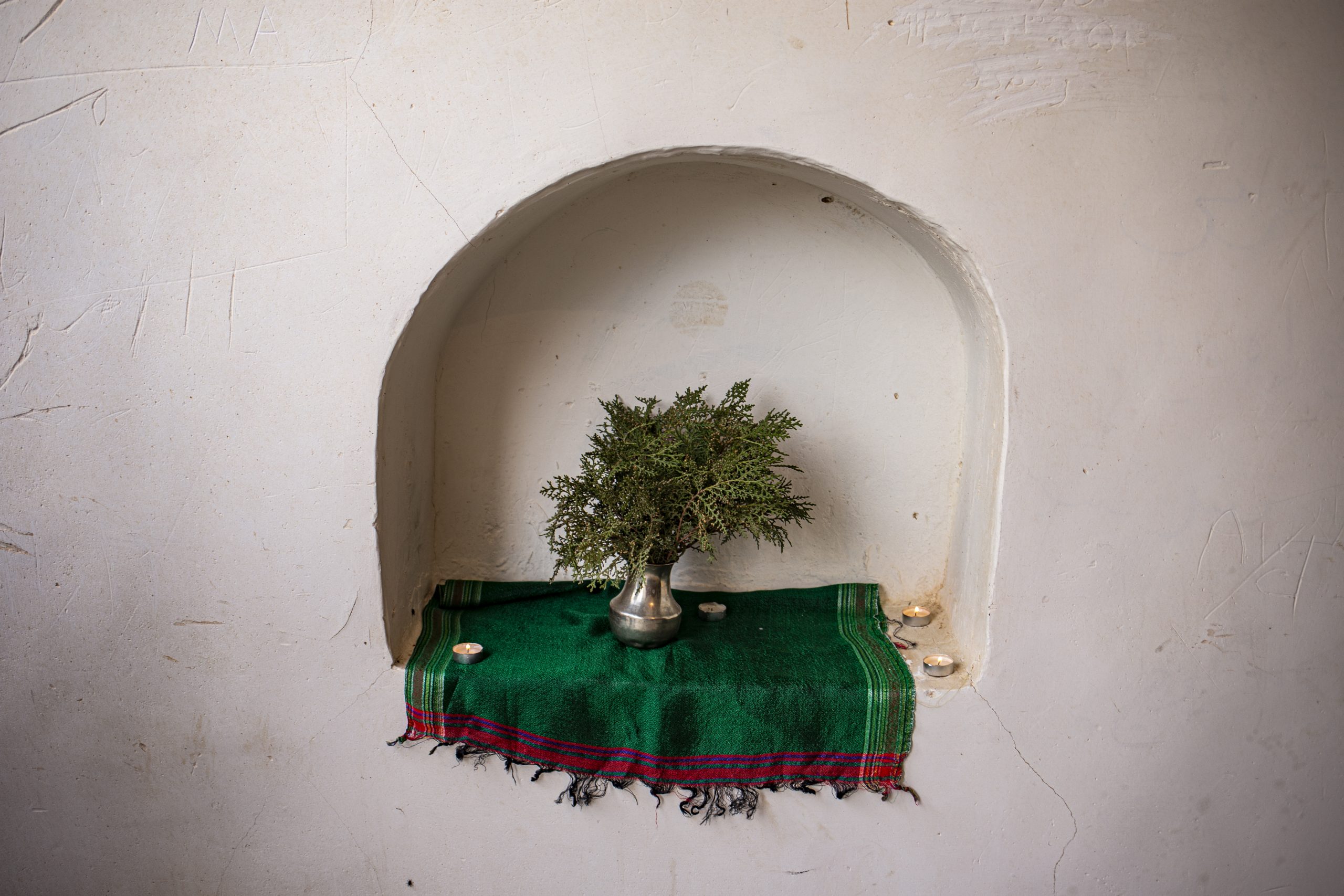
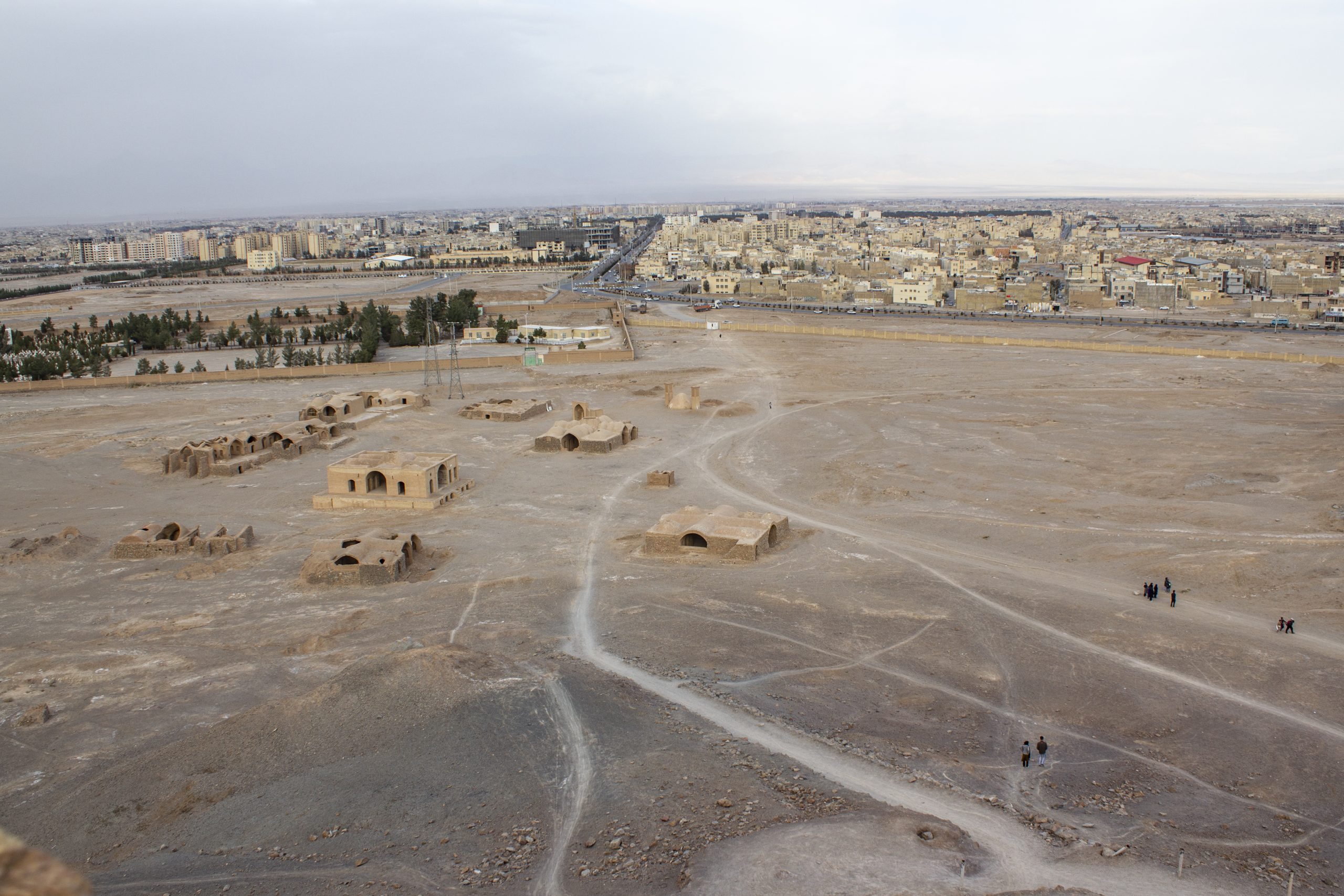

Iranian Jews
Iranian Jewish community in Iran dates back to Biblical times with references of their lives in books of Daniel, Esther and Ezra to name a few. They are one of the oldest, most historically significant communities with a continuous presence and are direct descendants associated with the Persian Empire.
The Iranian Jews are officially state recognized and hold seats in the Iranian Parliament, they are also the largest population in the Middle East after Israel. Currently about 8,500 reside in Iran.


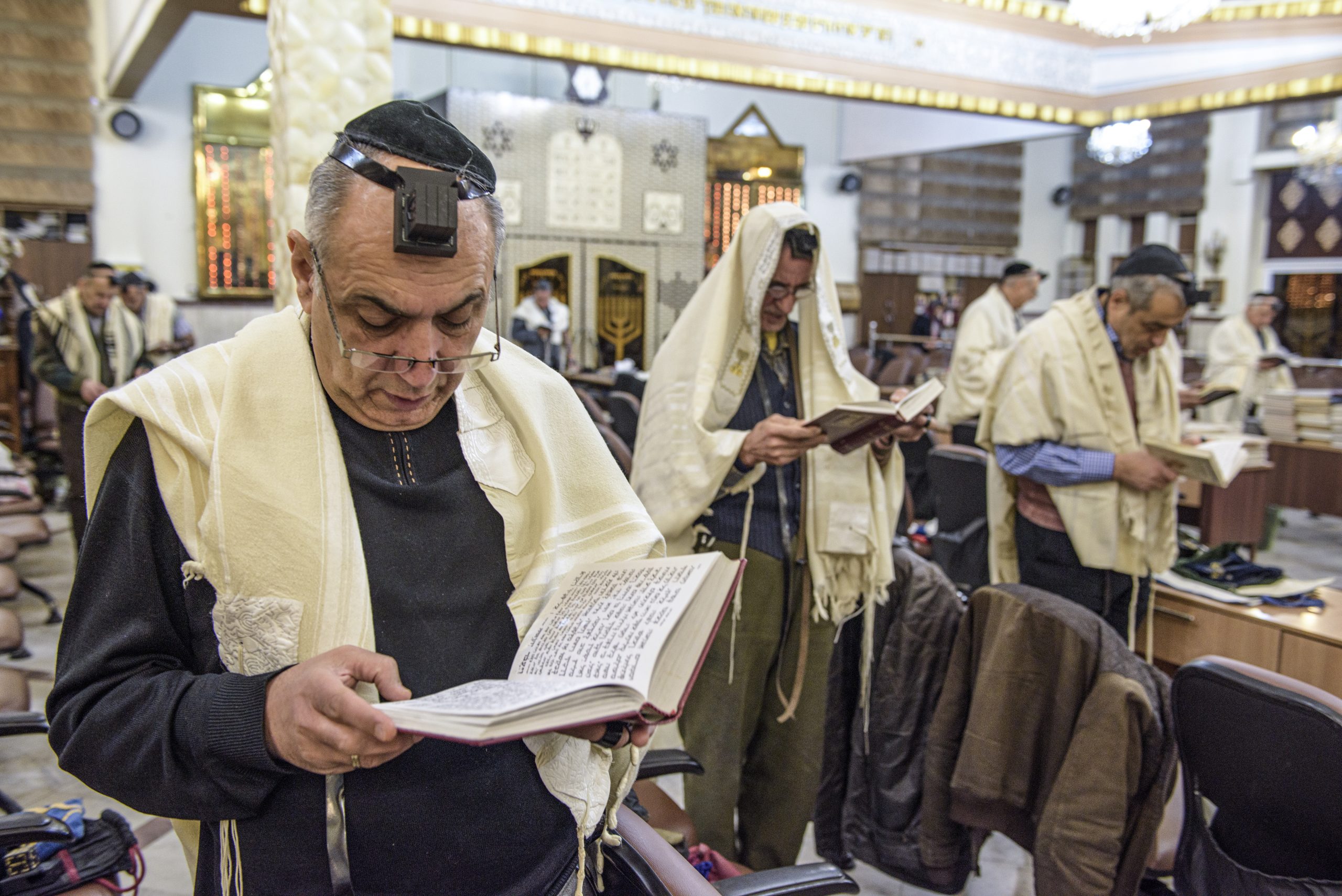


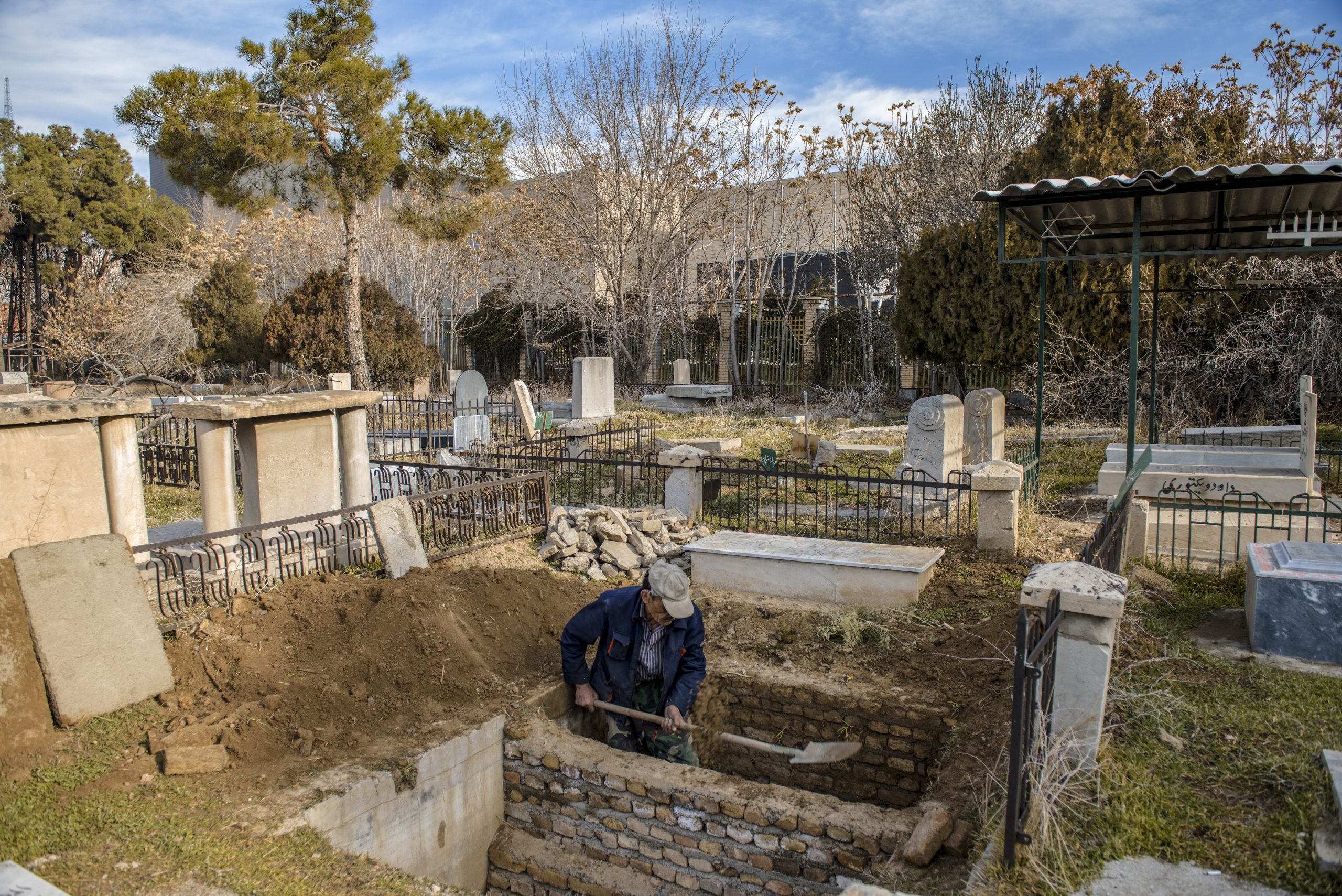

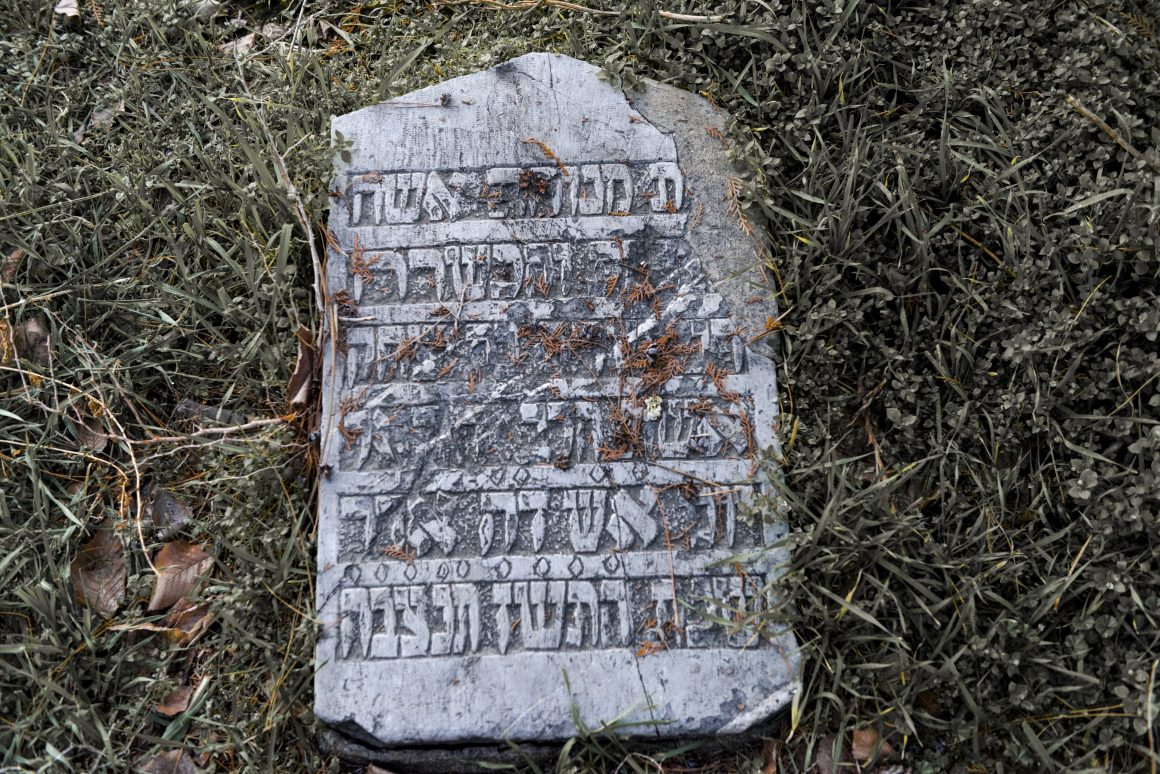

Christianity
Persian-Armenians (Iranian-Armenians) are Iranians of Armenian ethnicity who live in Iran with their first language being Armenian. Making them the largest Christian community and religious minority in the country. The interaction between Persia and Armenia dates back to Antiquity, many monasteries, churches and chapels are located in Northwestern Iran.
Armenians hold two seats at the Iranian Parliament as opposed to one like other religious minority groups. The estimated number of Persian-Armenians is somewhere in between 70,000 up to 200,000 with communities living in Tehran, Tabriz, Isfahan’s Jolfa, and Salmas.
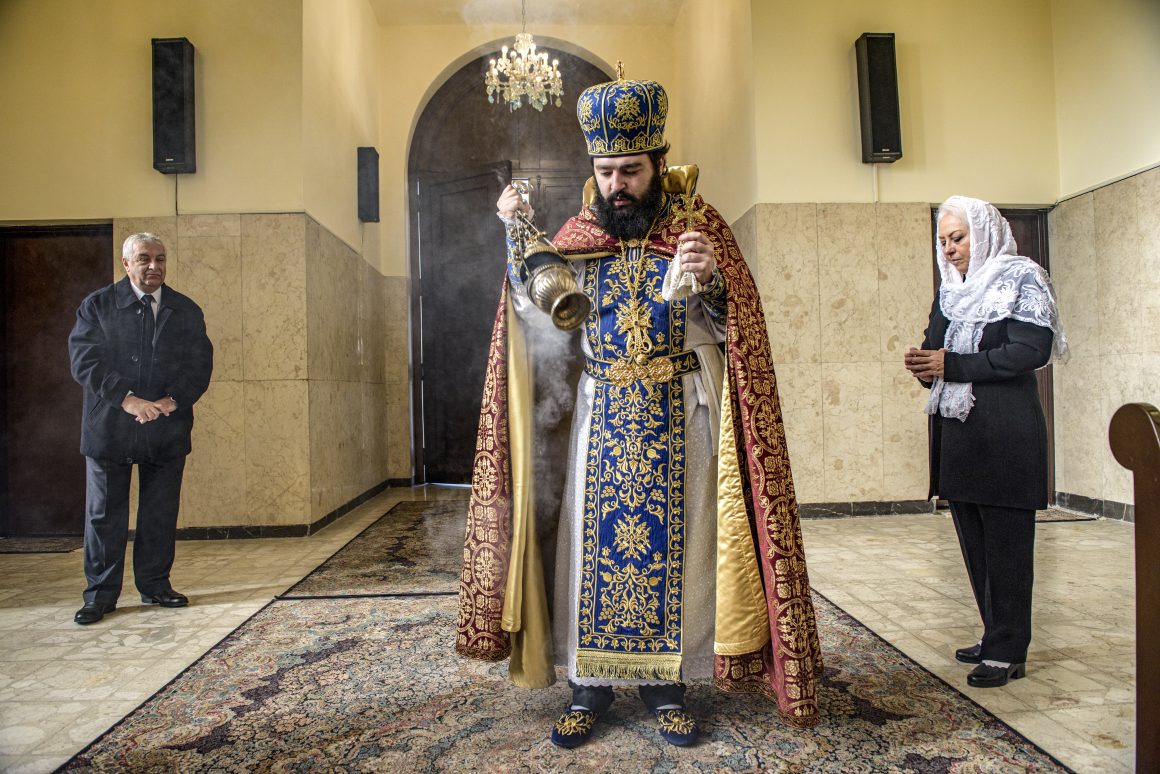
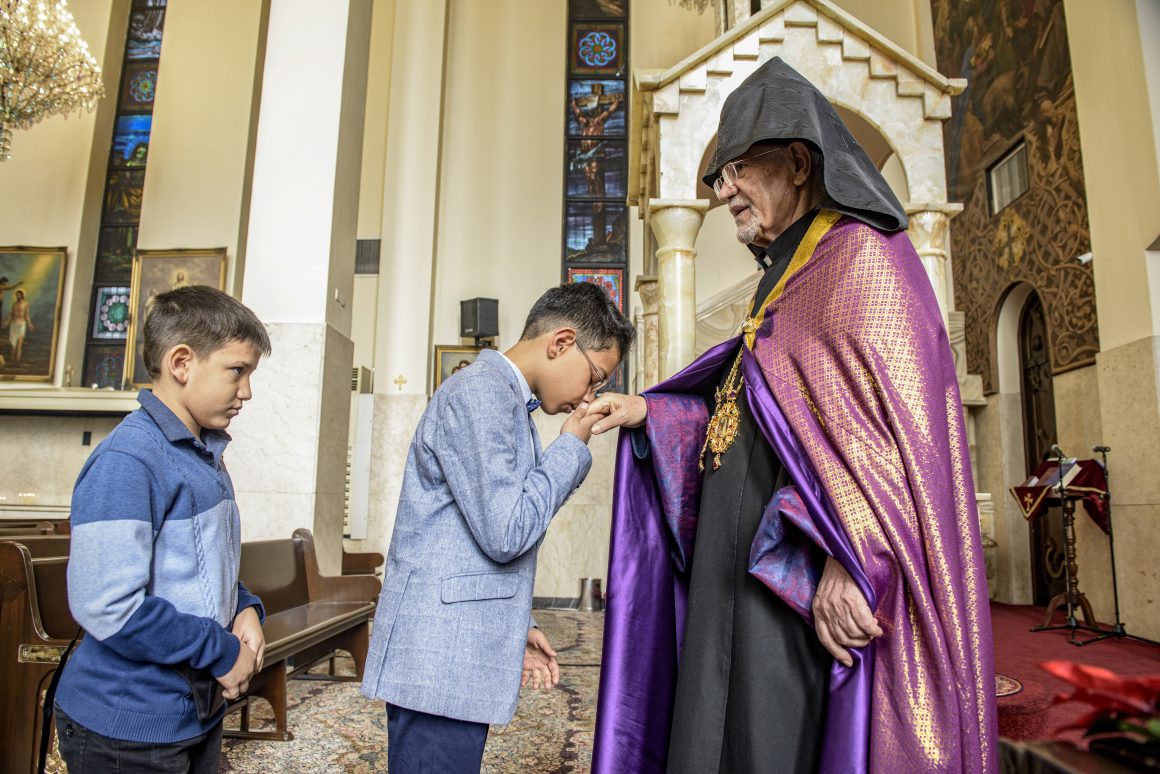
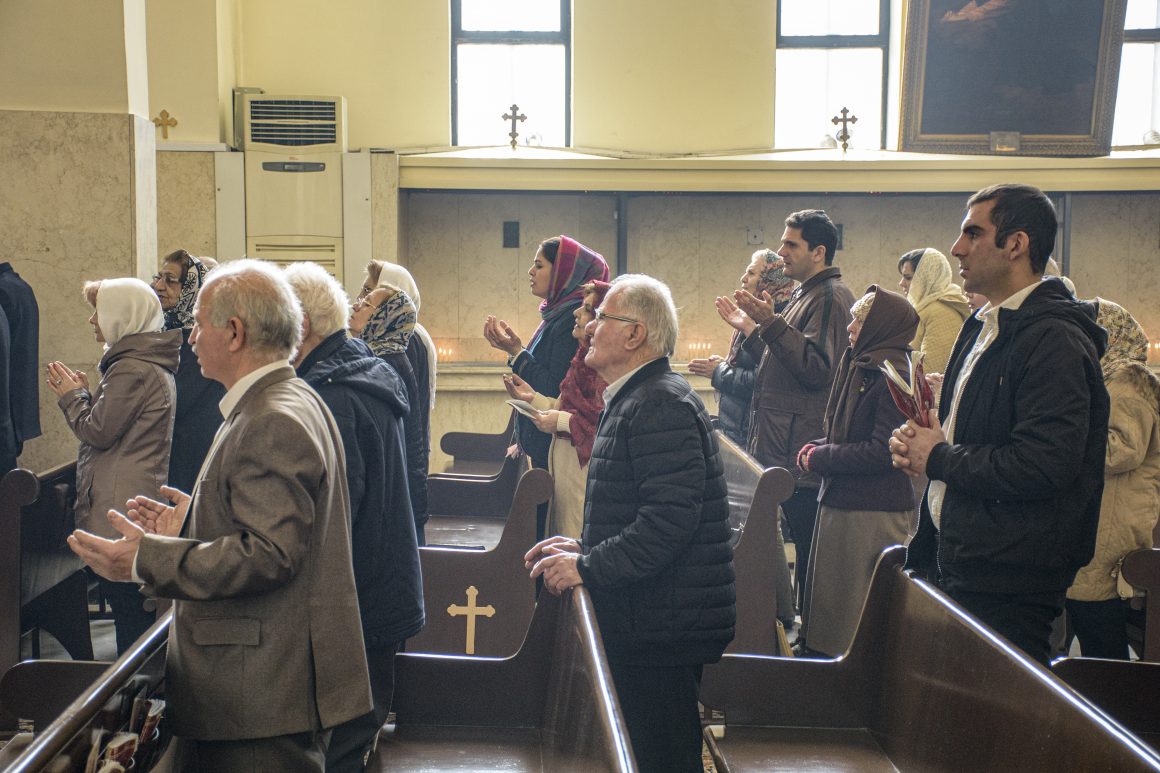
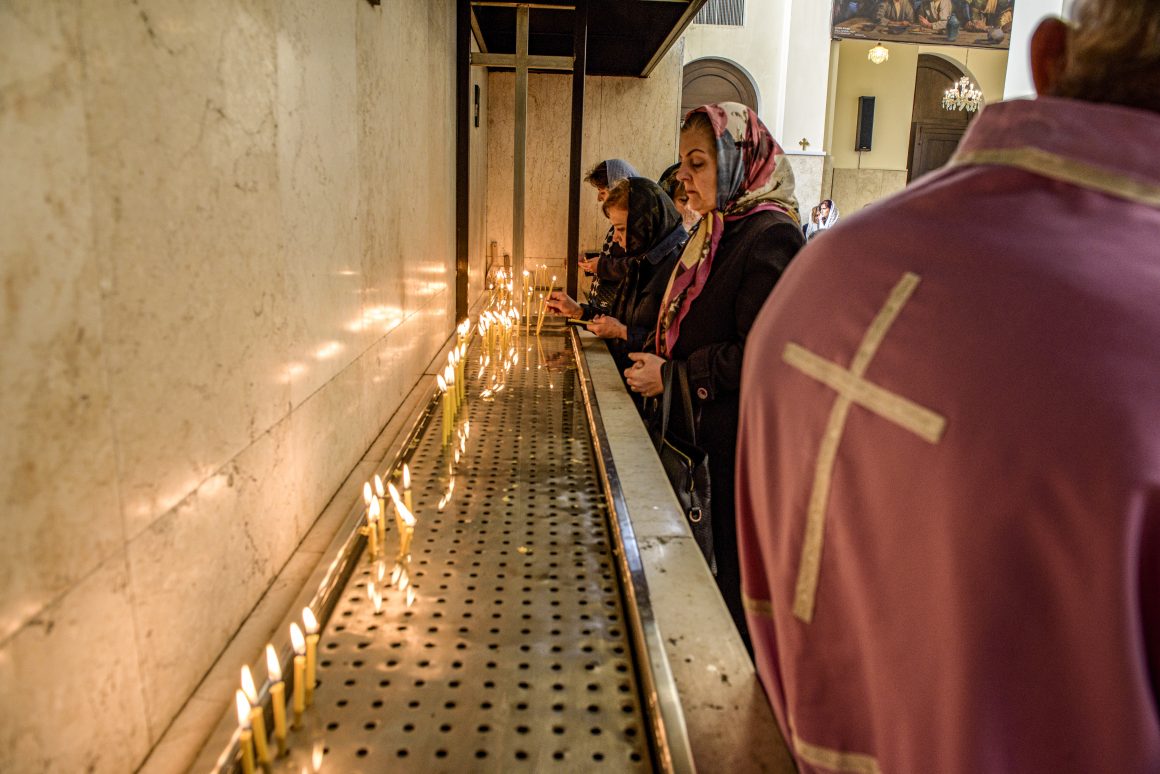
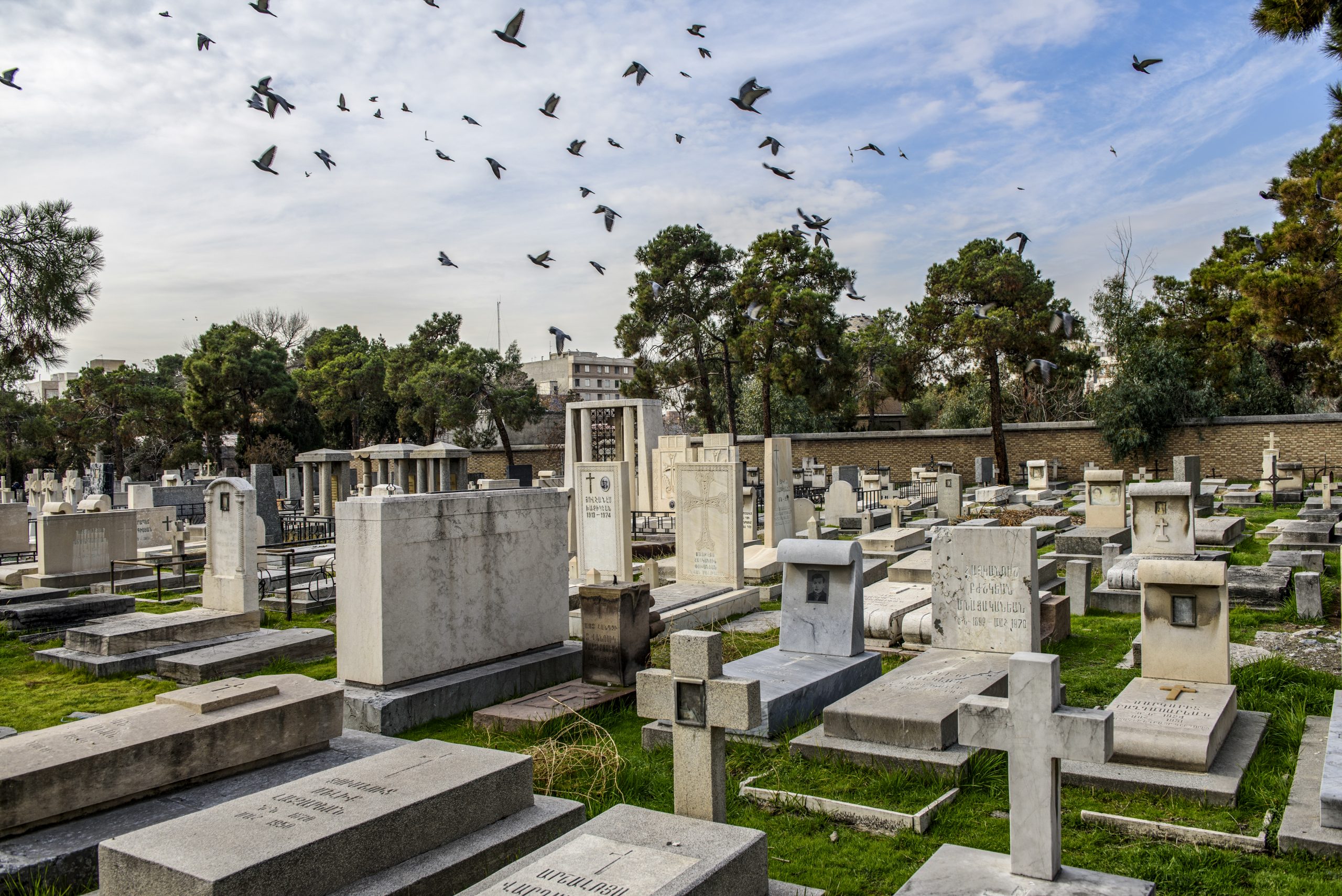
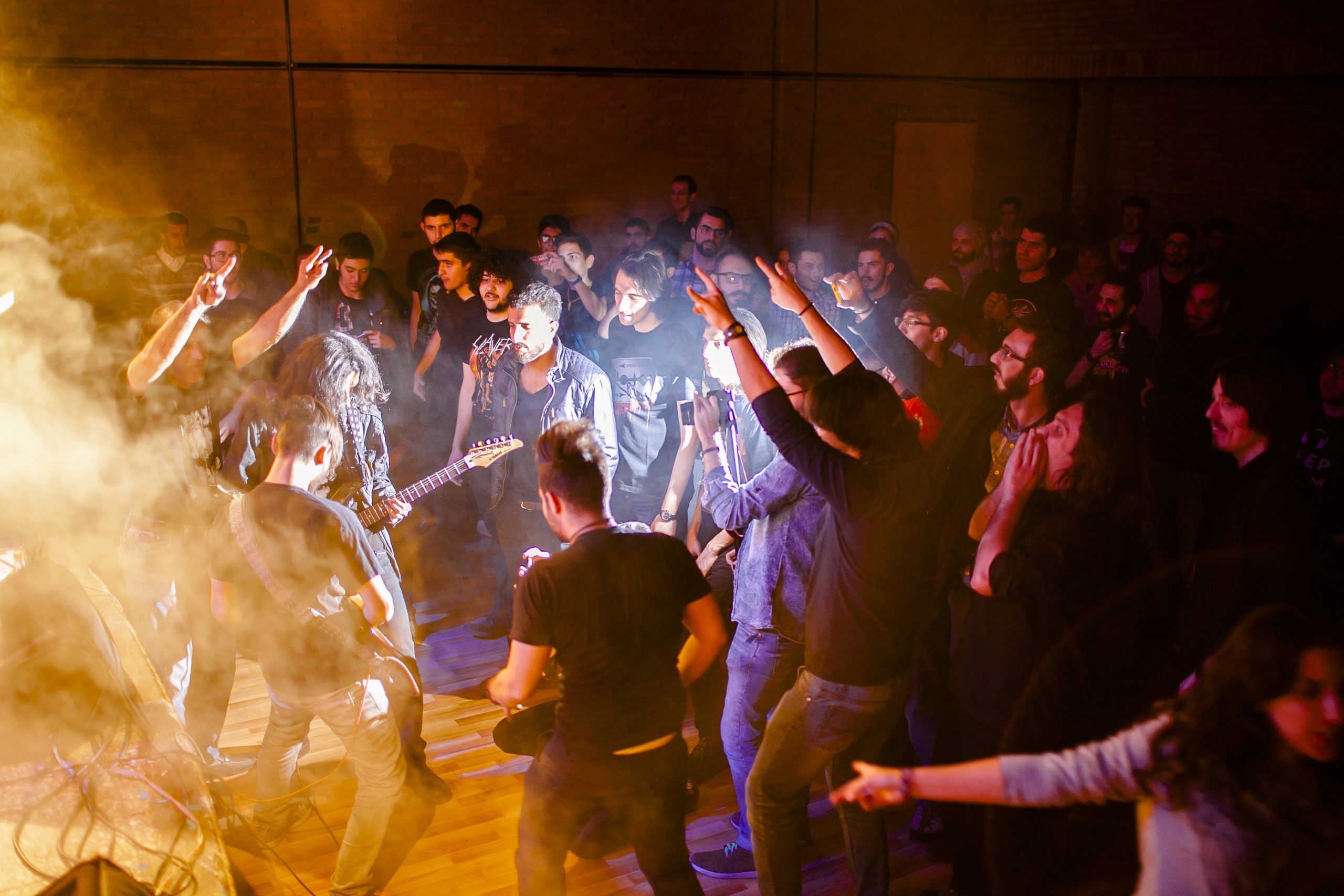
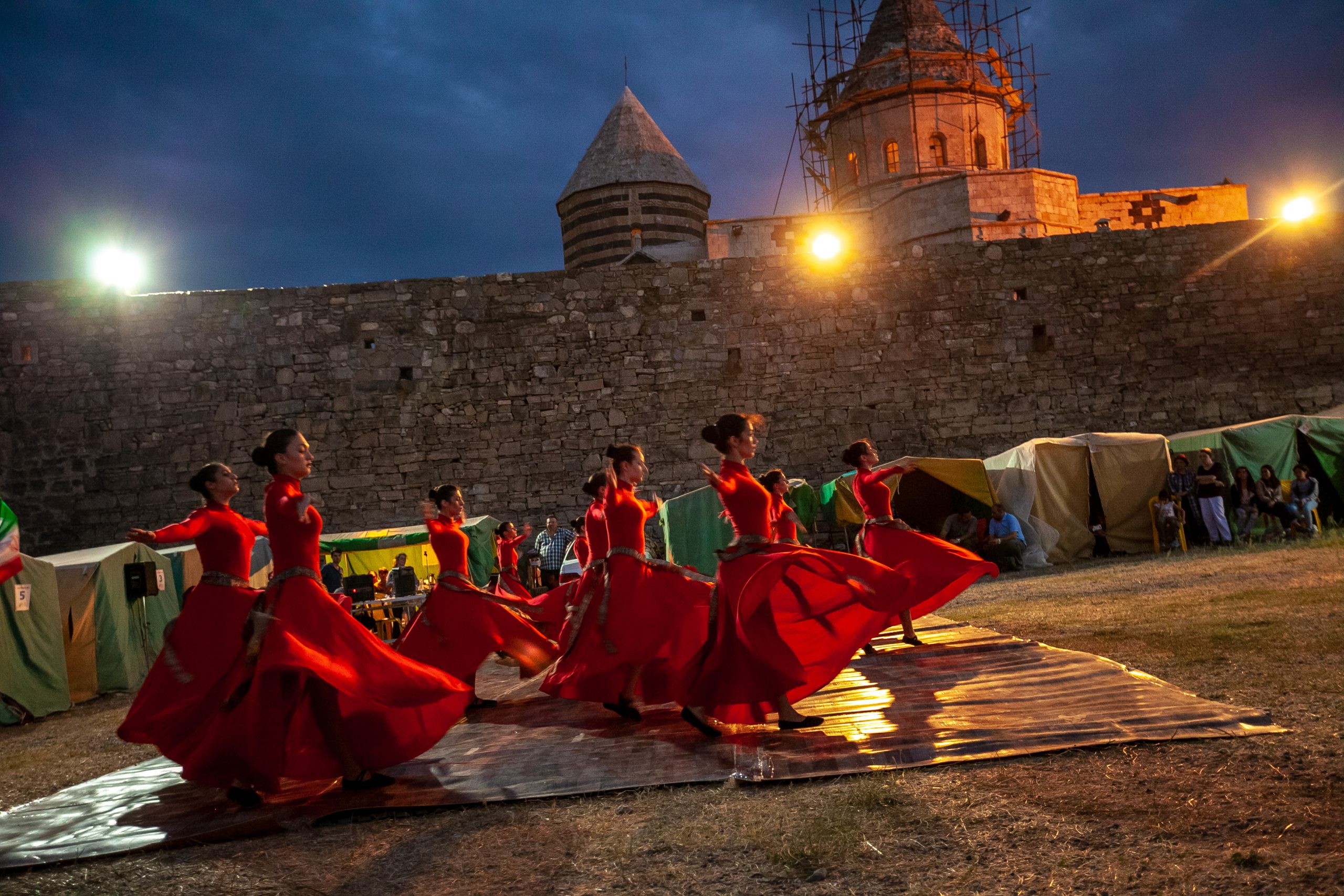


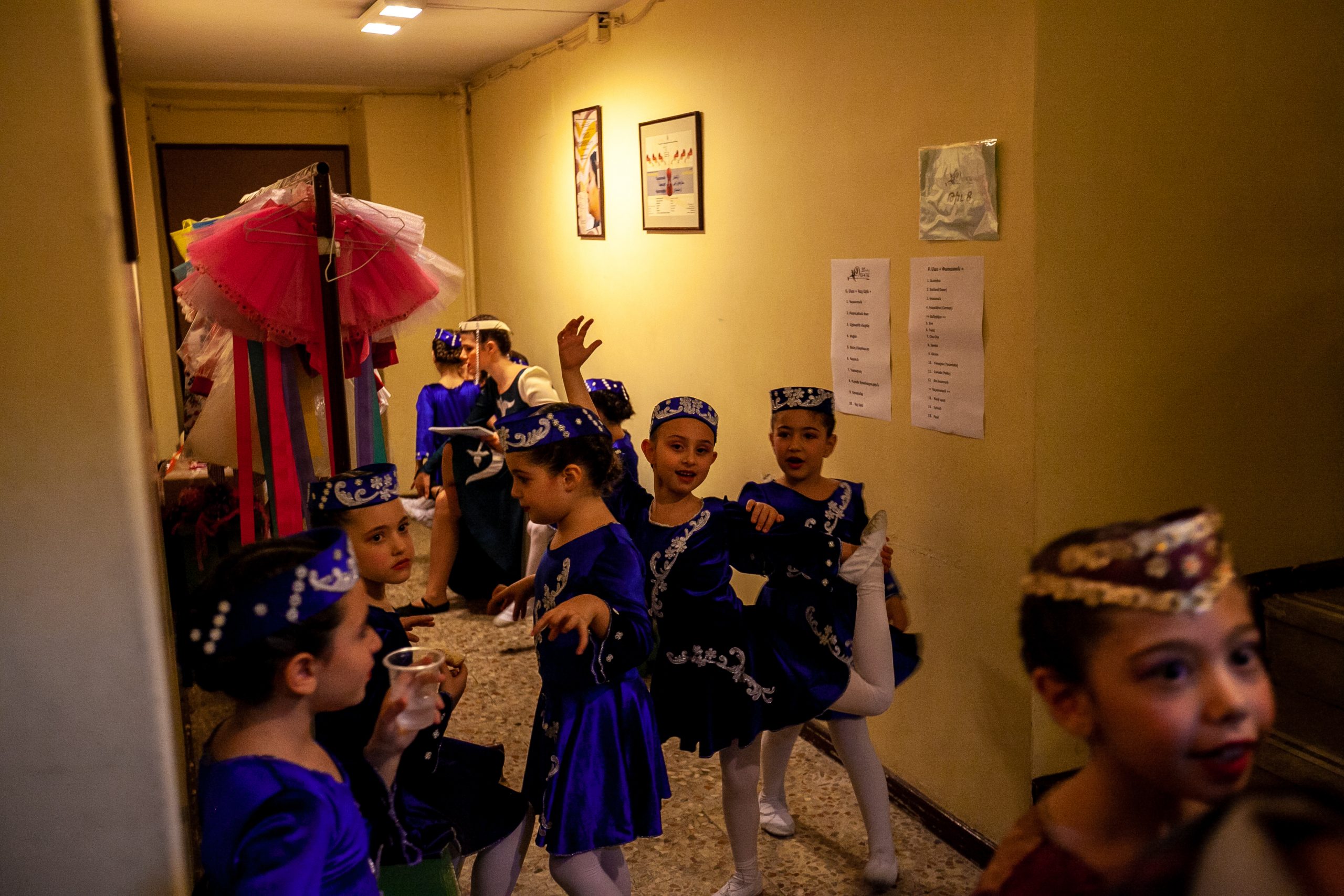

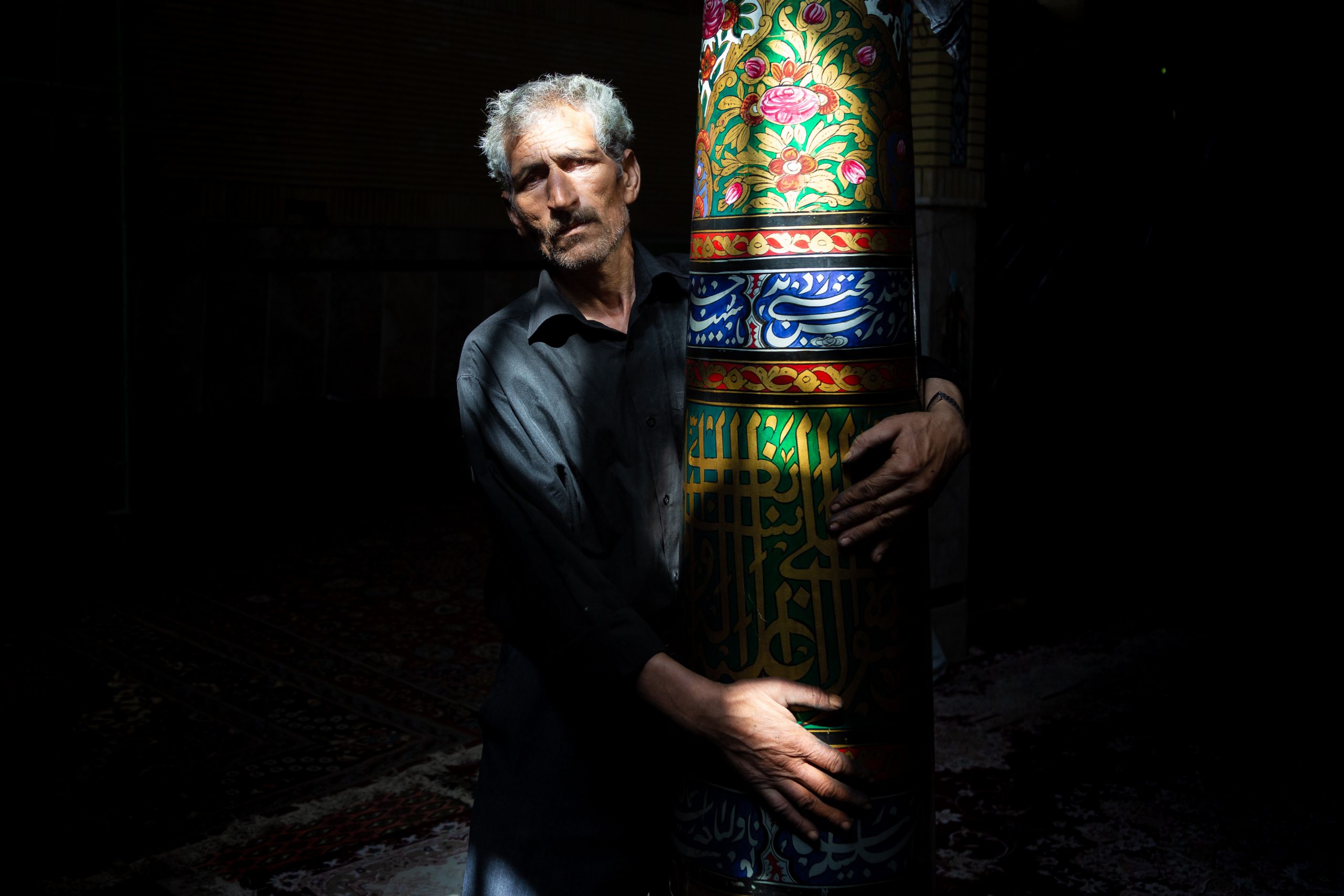
Shiite
